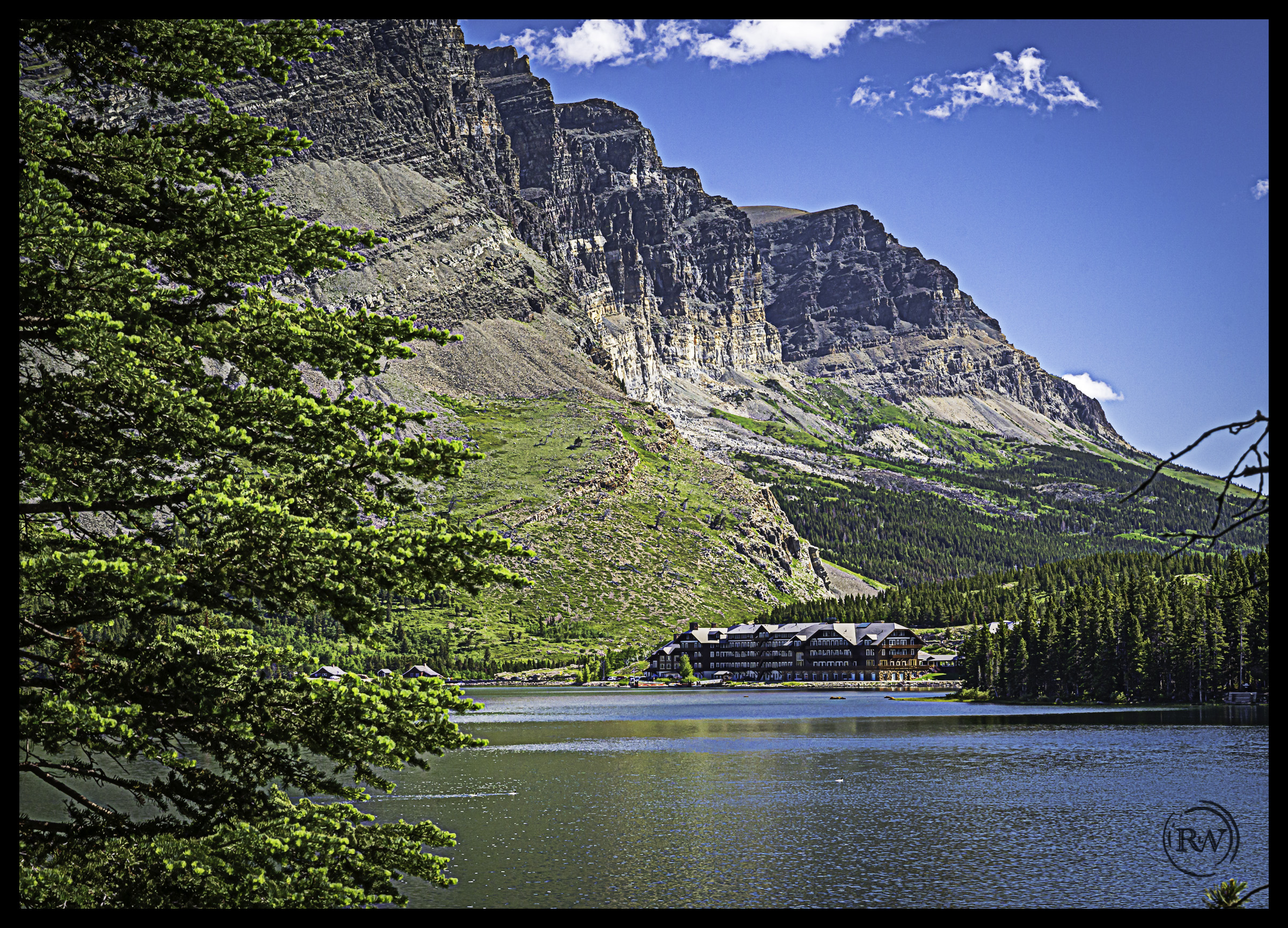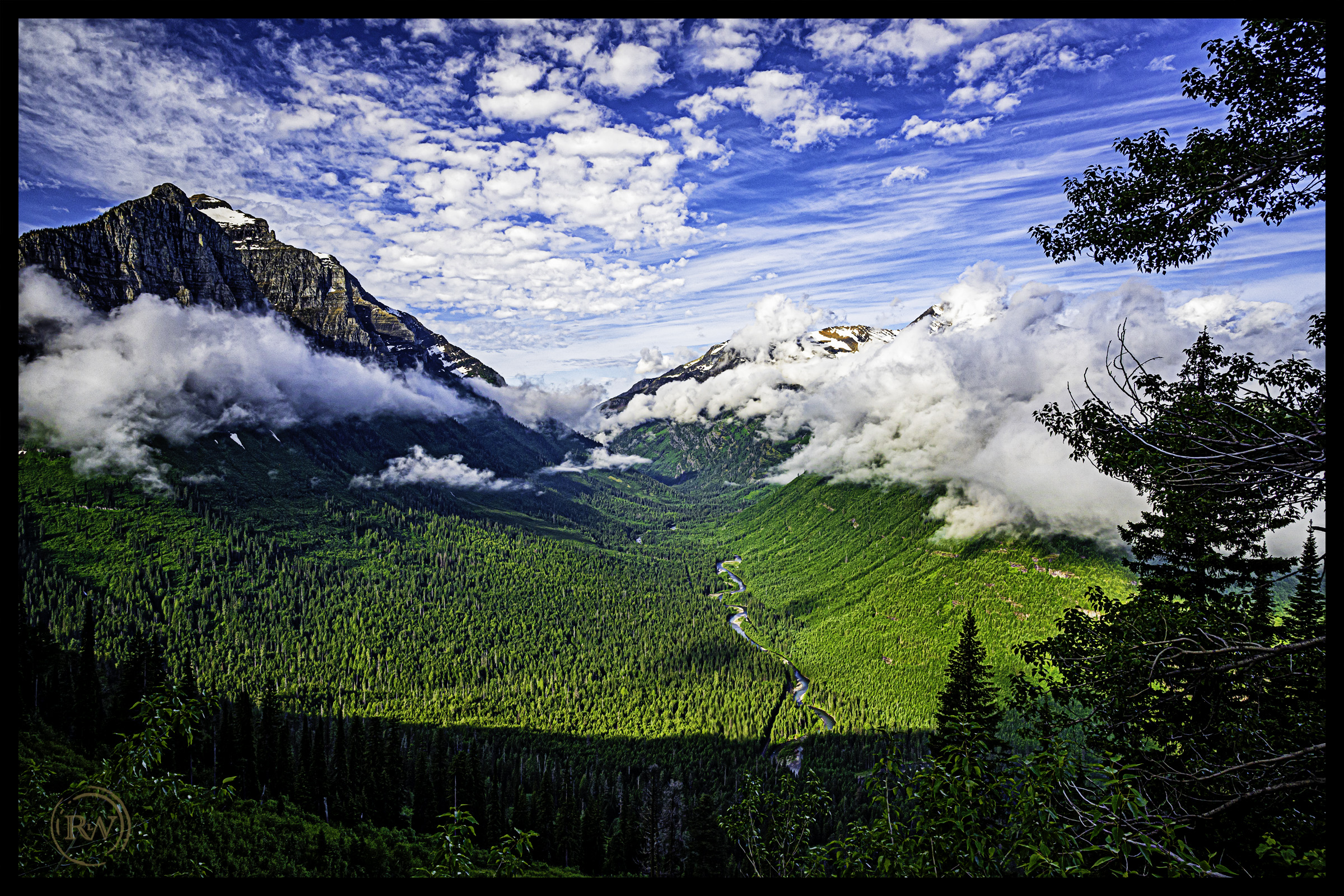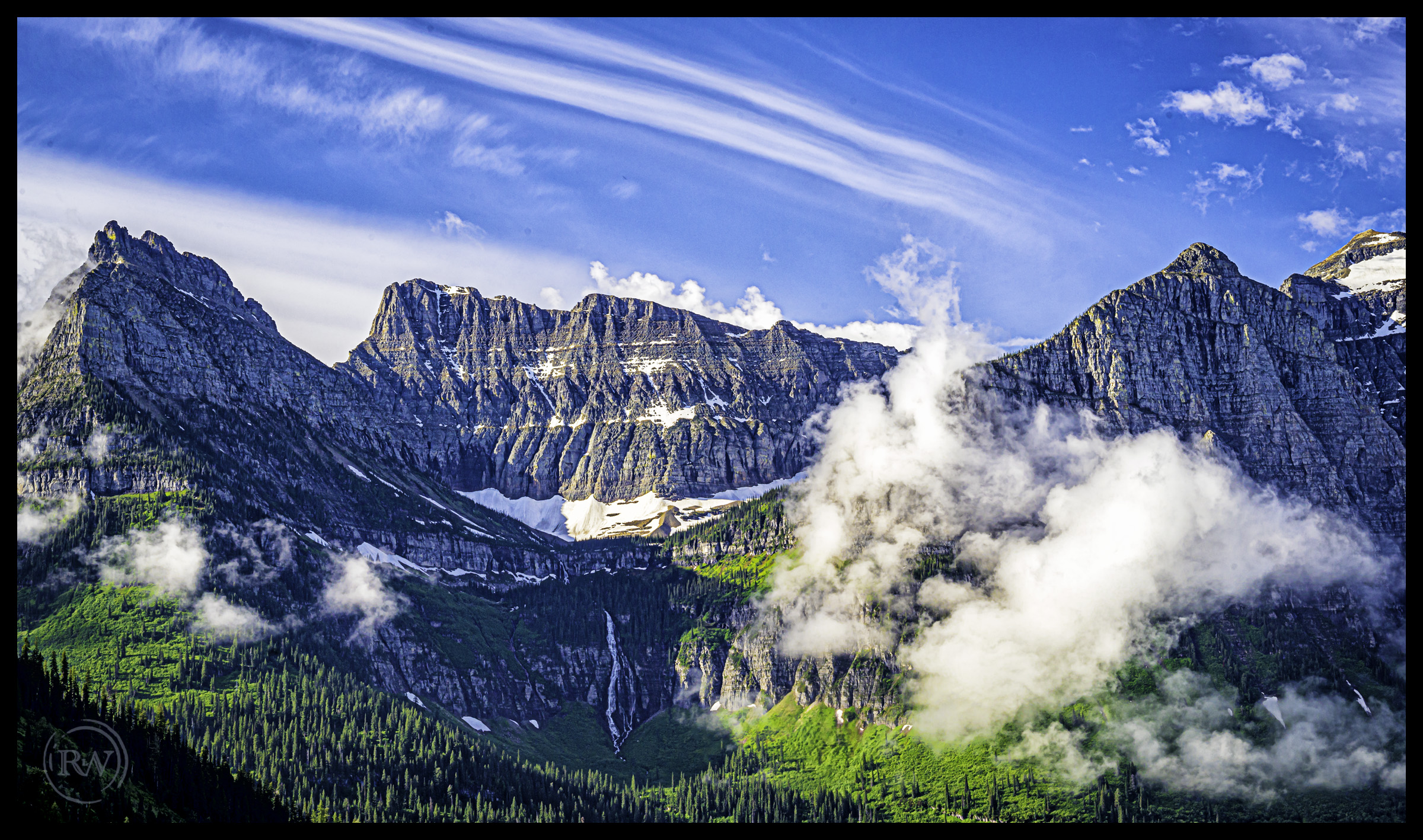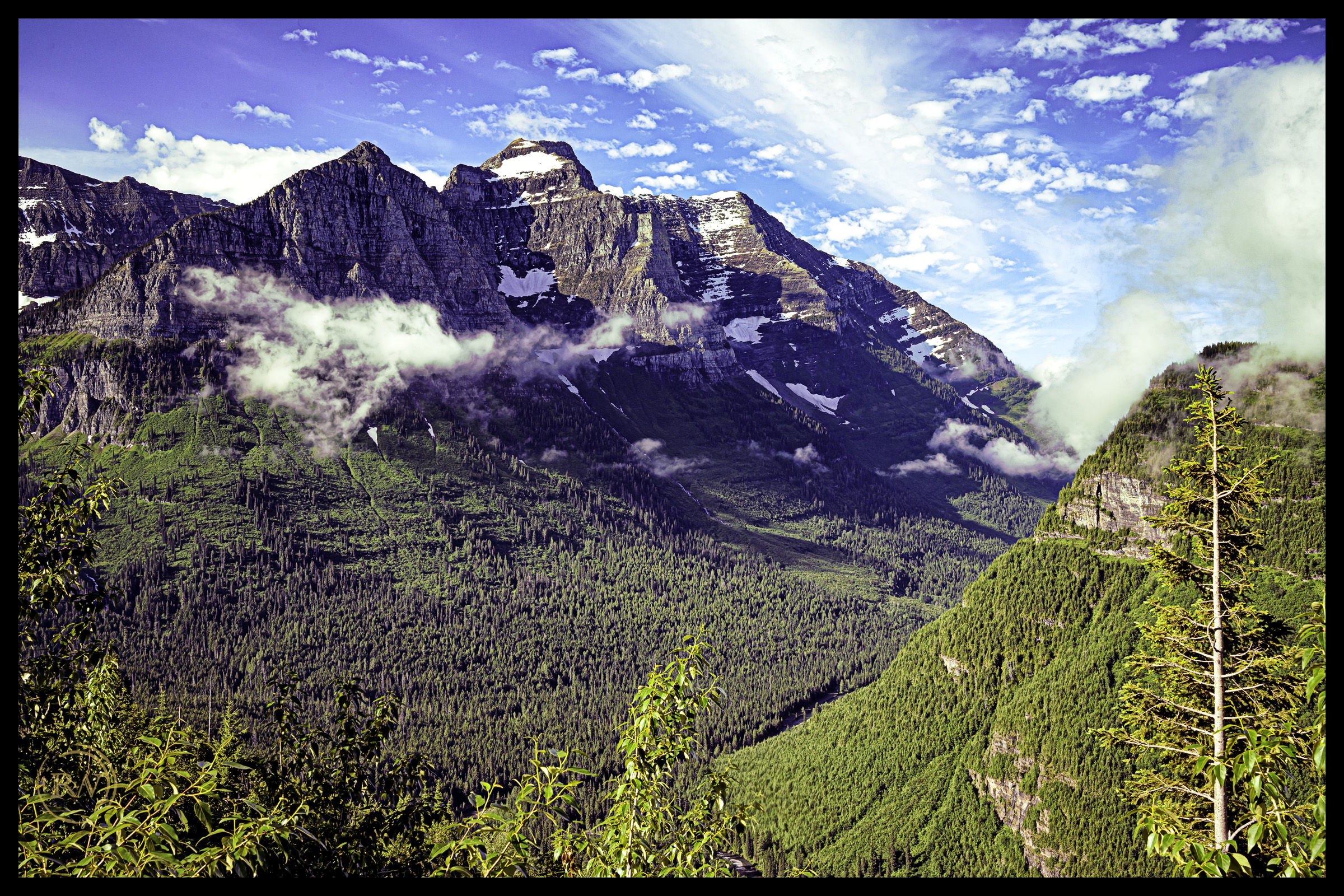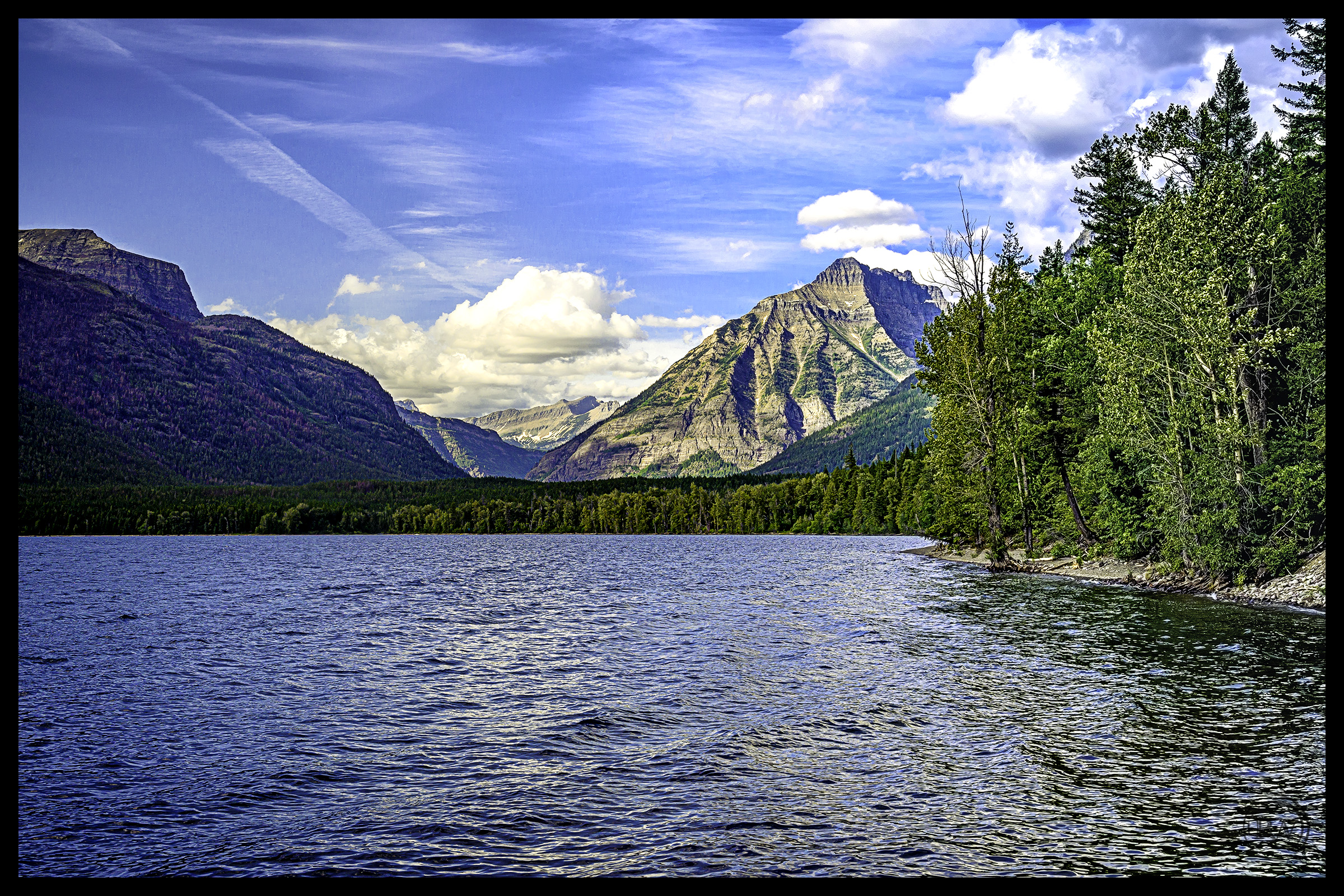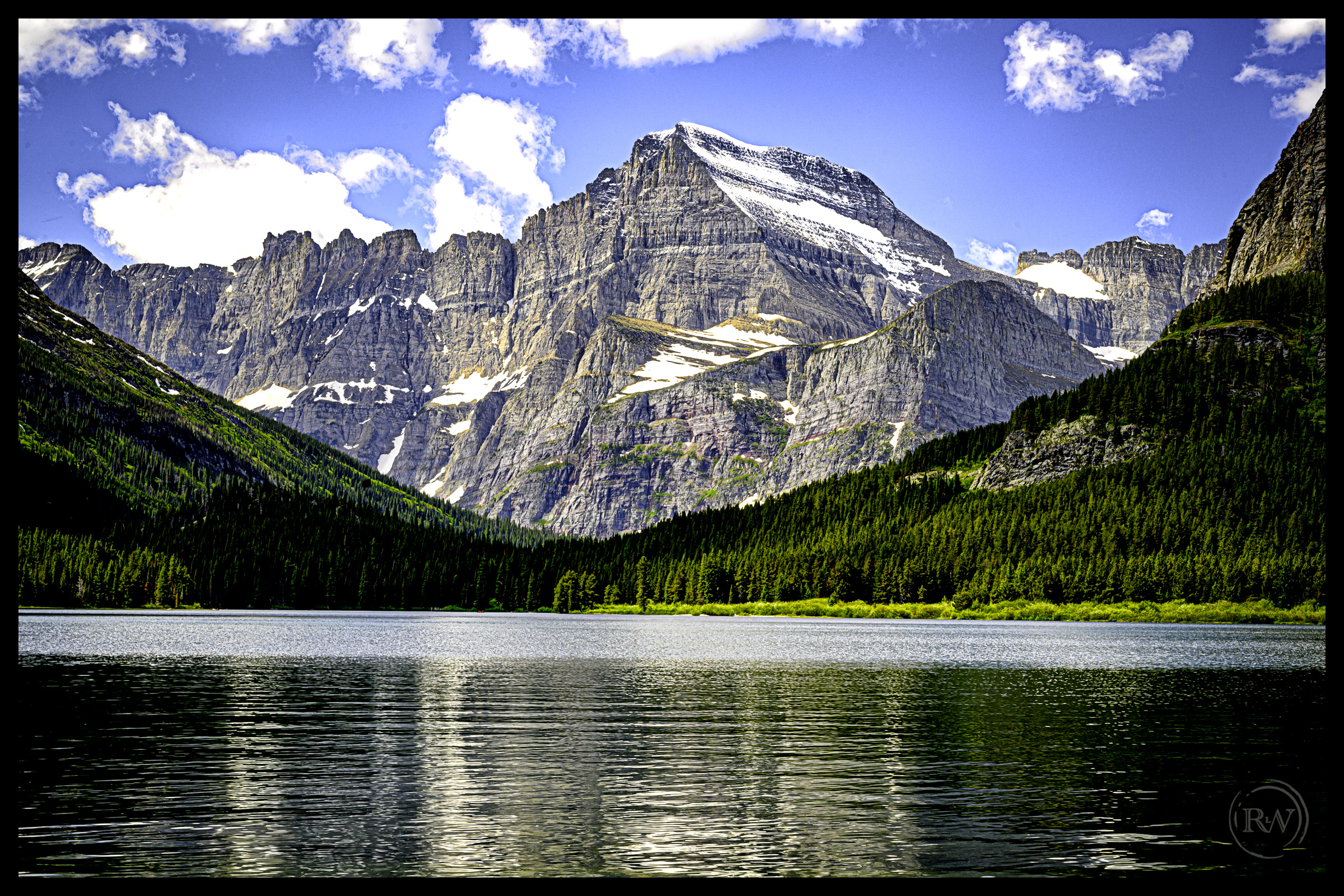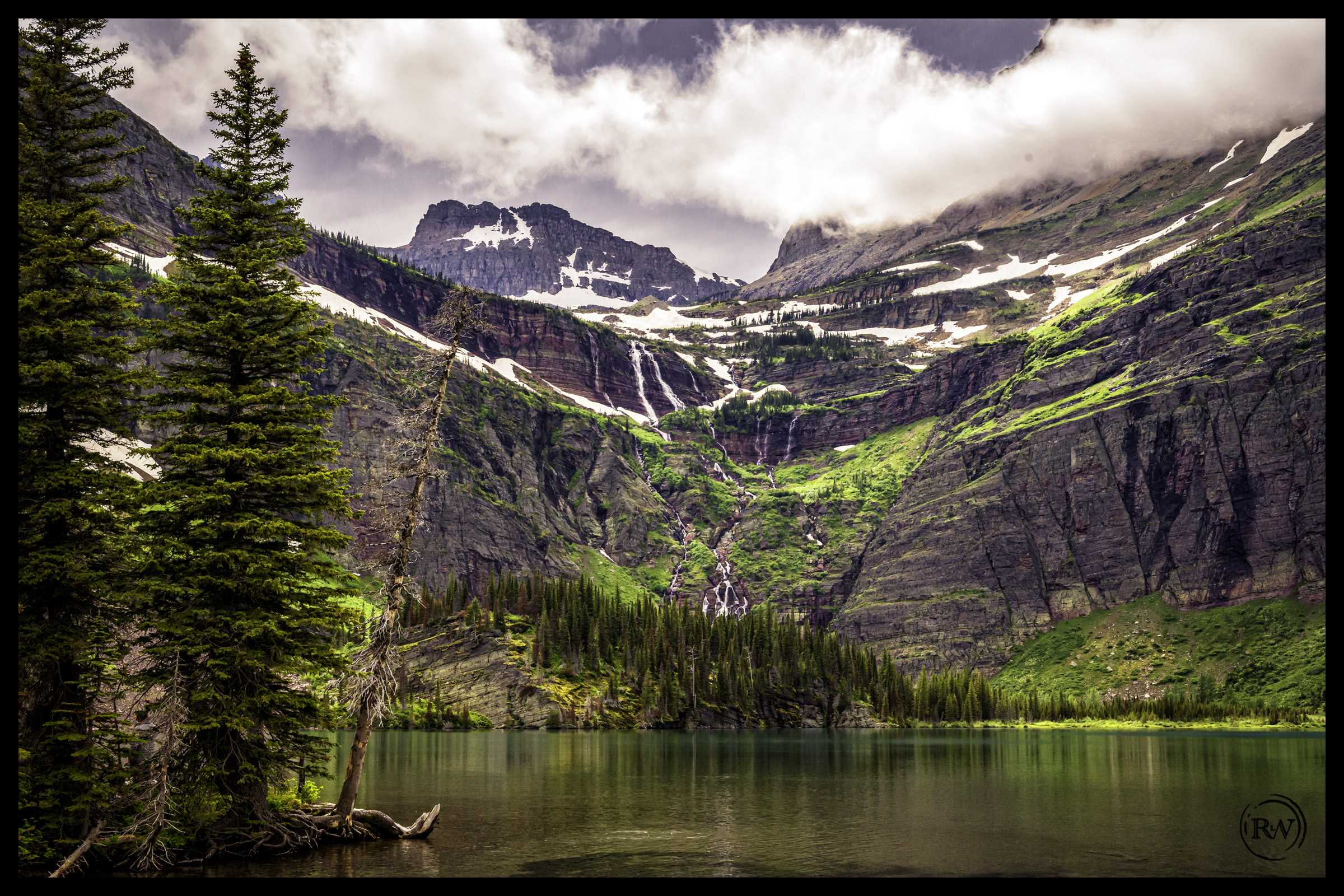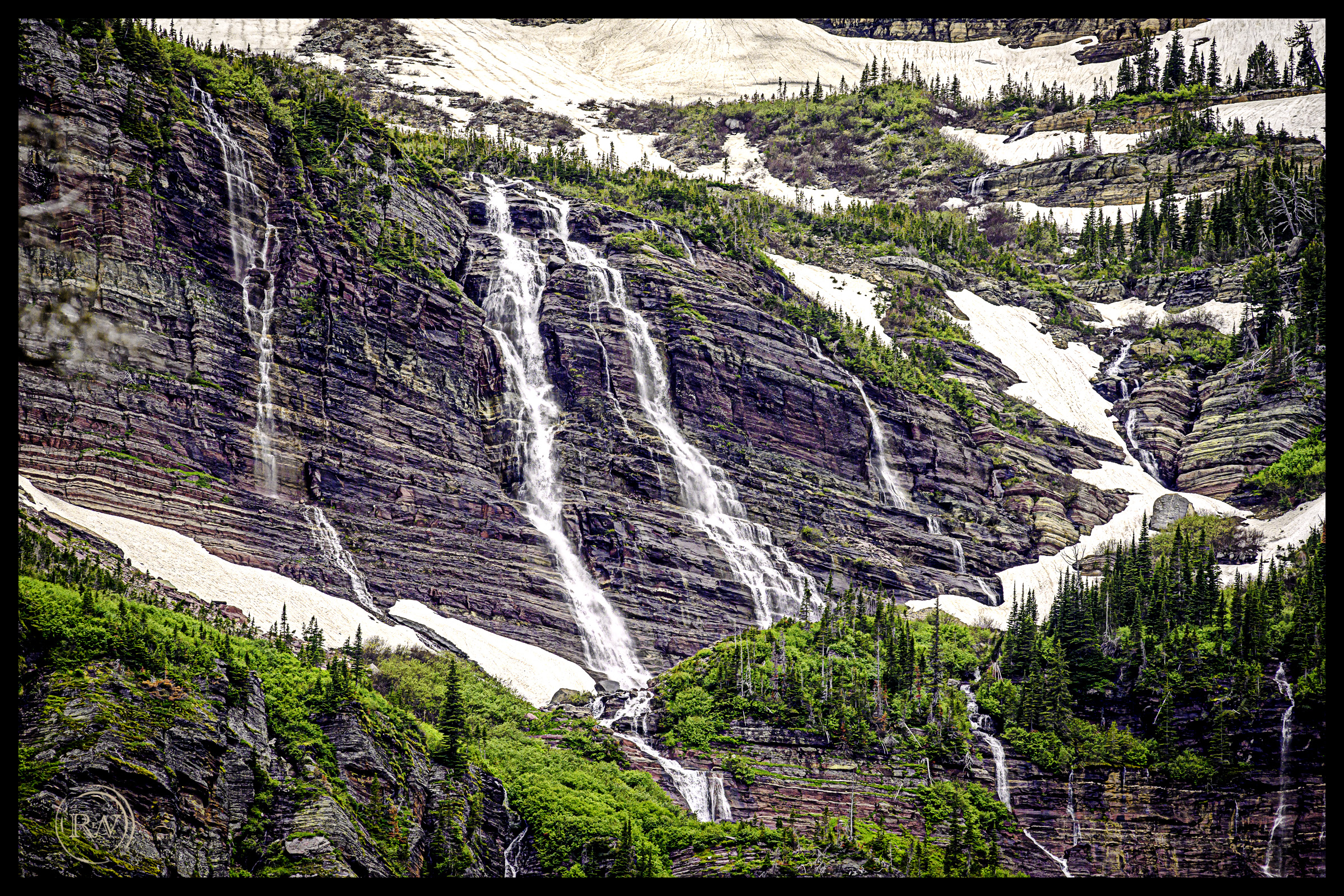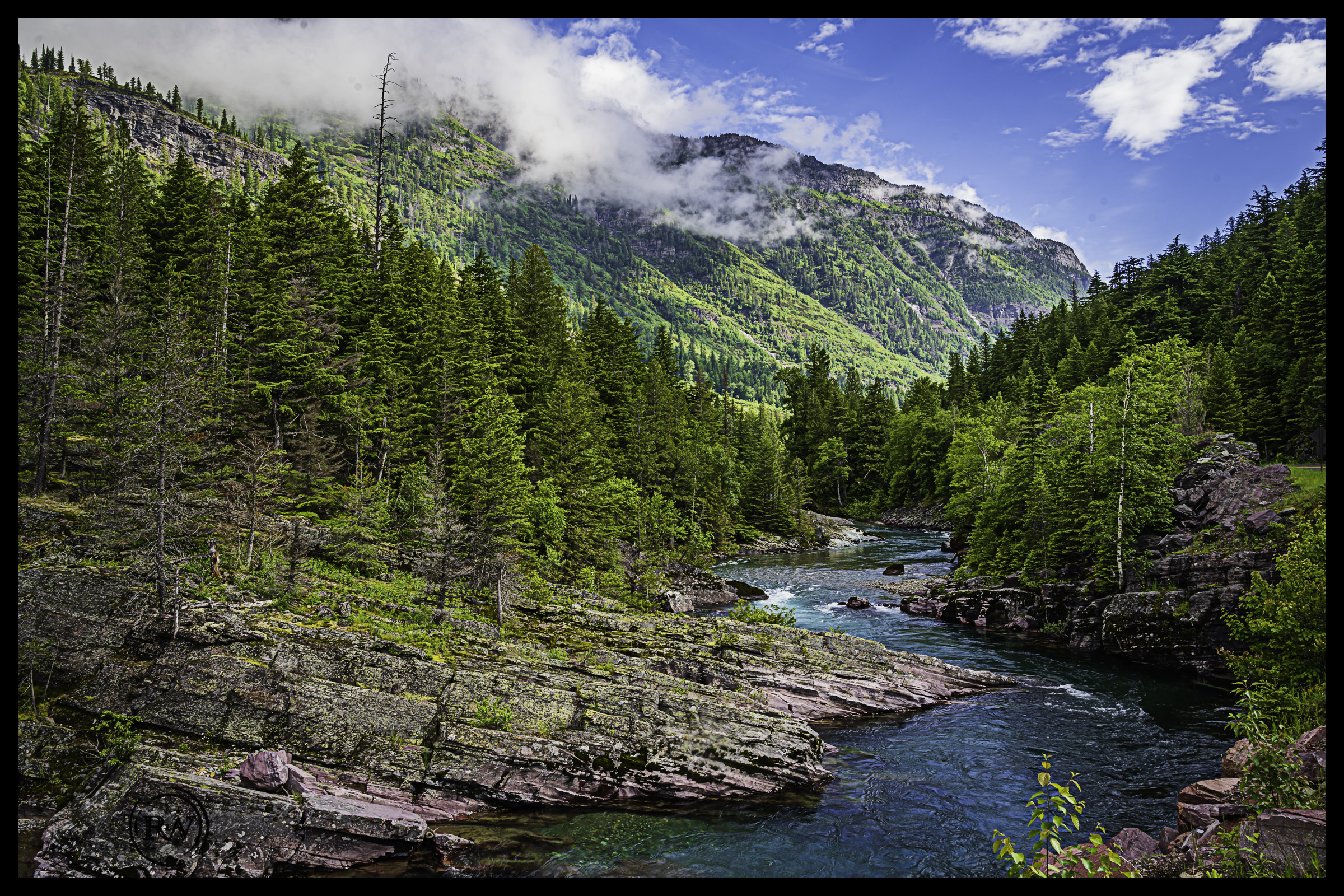“Sheltering In Place” by order of just about every state and local politician in Texas has meant a great deal of time spent at home of late. Fortunately, as winter blends into spring, and our weather warms, we see major changes in our lawn and garden. The abundance of flowering plants has brought opportunities to photograph as well as edit photos. Enjoying close-up photography of several of our flowering plants often means using a tripod and a macro lens. While macro lenses generally provide a pleasing “bokeh” created by the blurry background, I frequently would like to see a little (sometimes a lot) more detail in my flower photos. Unfortunately, the construction of most macro lenses dictate that photographing with even the smallest aperture possible, you still may not have enough details in focus to create the photo that you are imagining. This led me to investigate Focus Shift Photography, which my Nikon Z7 handles nicely. While it is possible to take a series of photos of of a landscape using manually adjusted focus locations, for something as small as a flower, it seems prudent to tell the camera how many frames you want it to take, and let the camera adjust the focus point by tiny amounts as it racks off the selected number of frames.
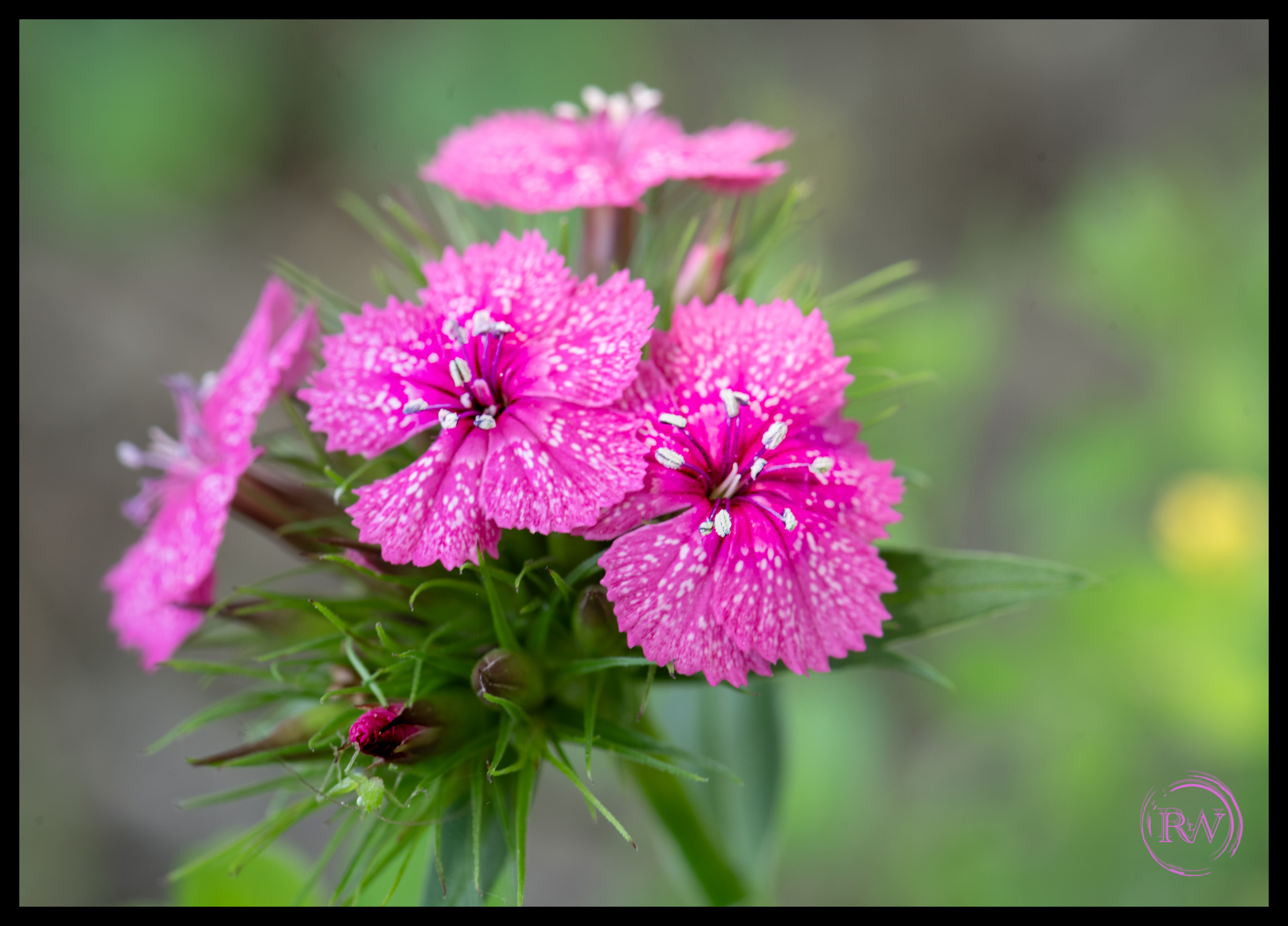
An interesting photo of a Sweet William a.k.a. Dianthus, but the shallow depth of field leaves me wanting to see more of the flower in focus. f/11 at 1/10th second.
Editing the photos your camera has taken into a single image is another issue. While there are several software programs designed specifically to do this, I find that Photoshop does a superb job of combining multiple images, automatically aligning and blending all of them into a single image of excellent detail and depth of field. Bring on the blossoms!
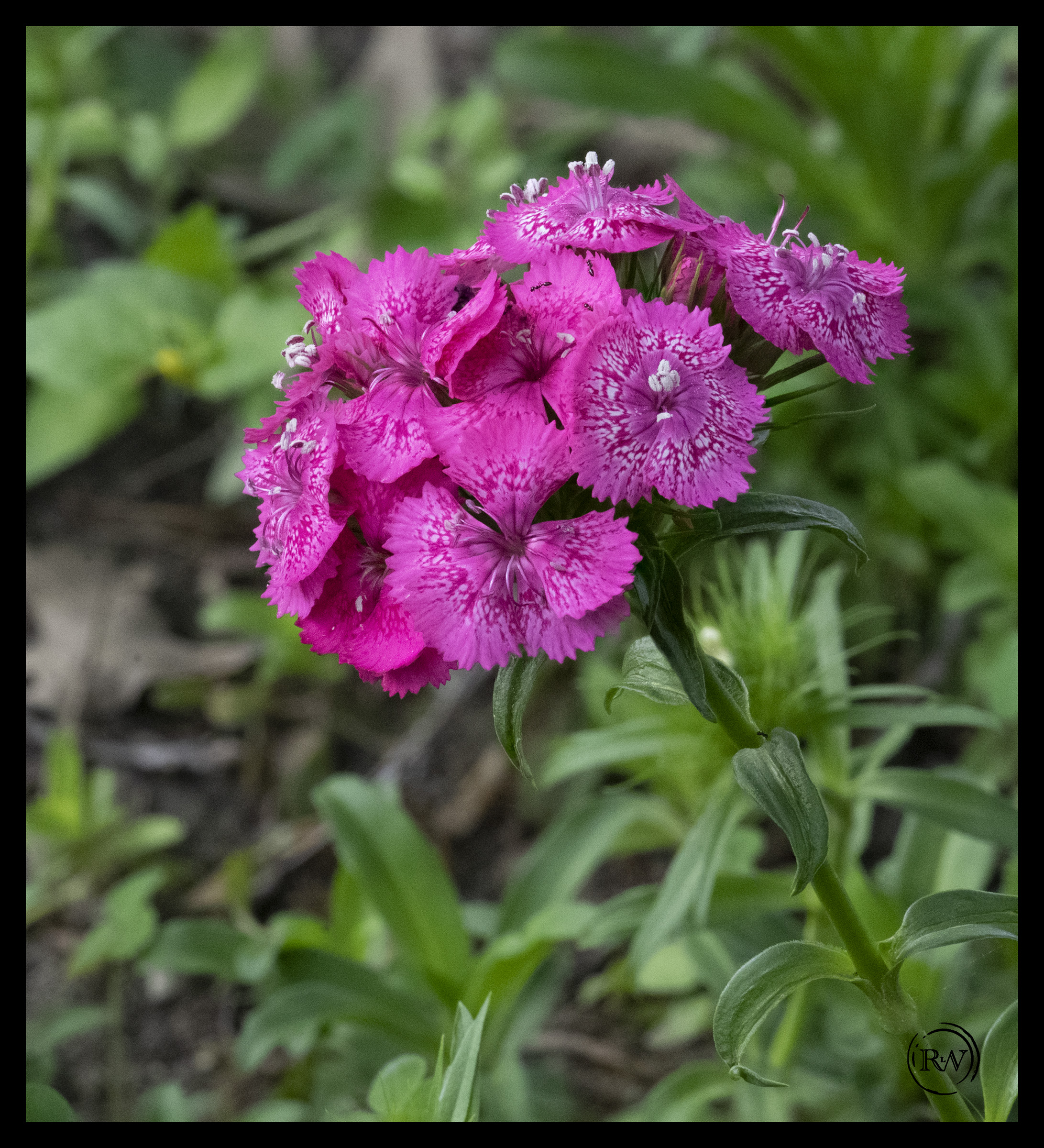
A similar Sweet William/Dianthus – This one was made from 18 individual photos stacked, aligned, and blended in Photoshop.
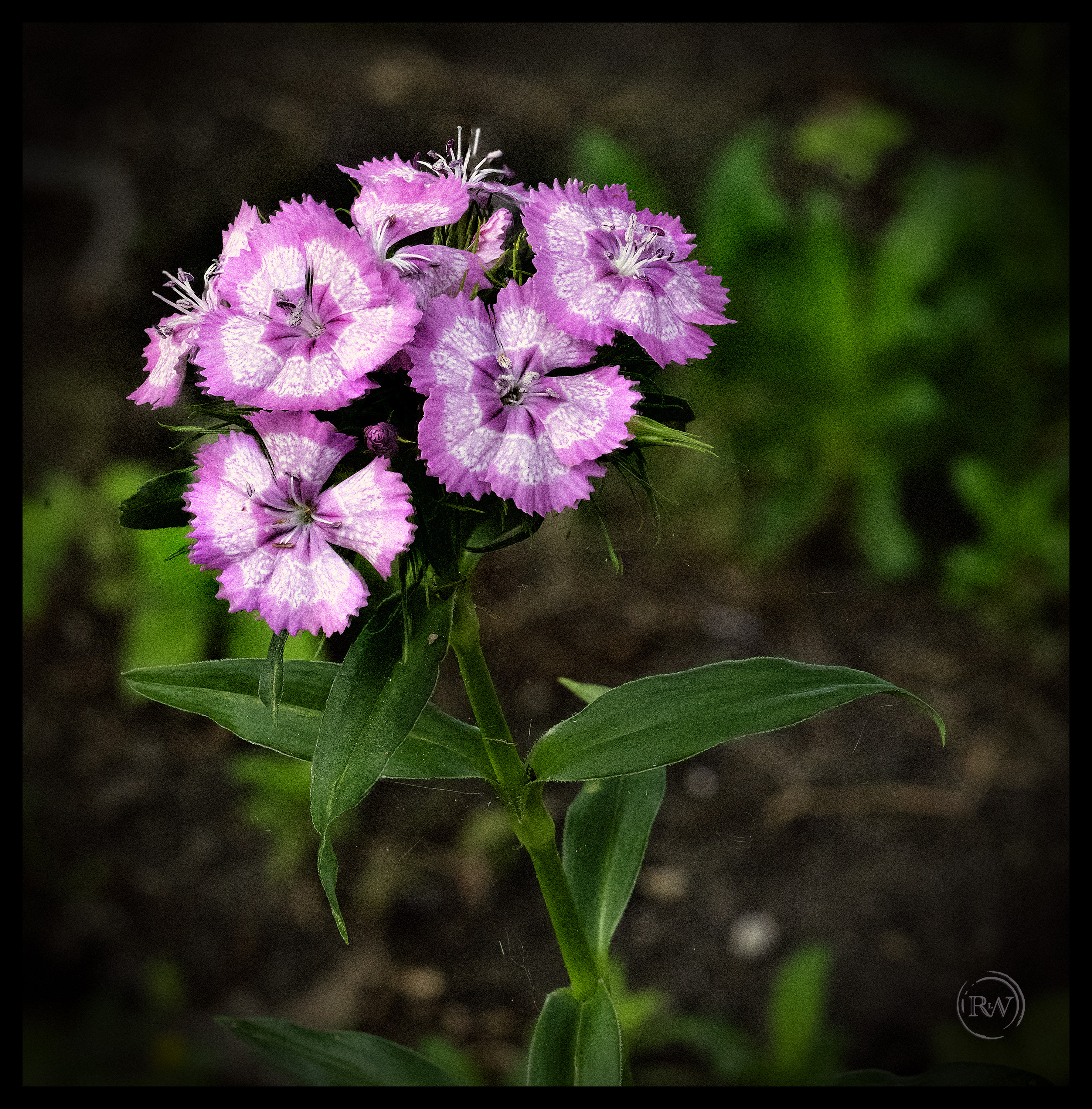
Another Sweet William/Dianthus – also18 individual photos stacked, aligned, and blended in Photoshop.
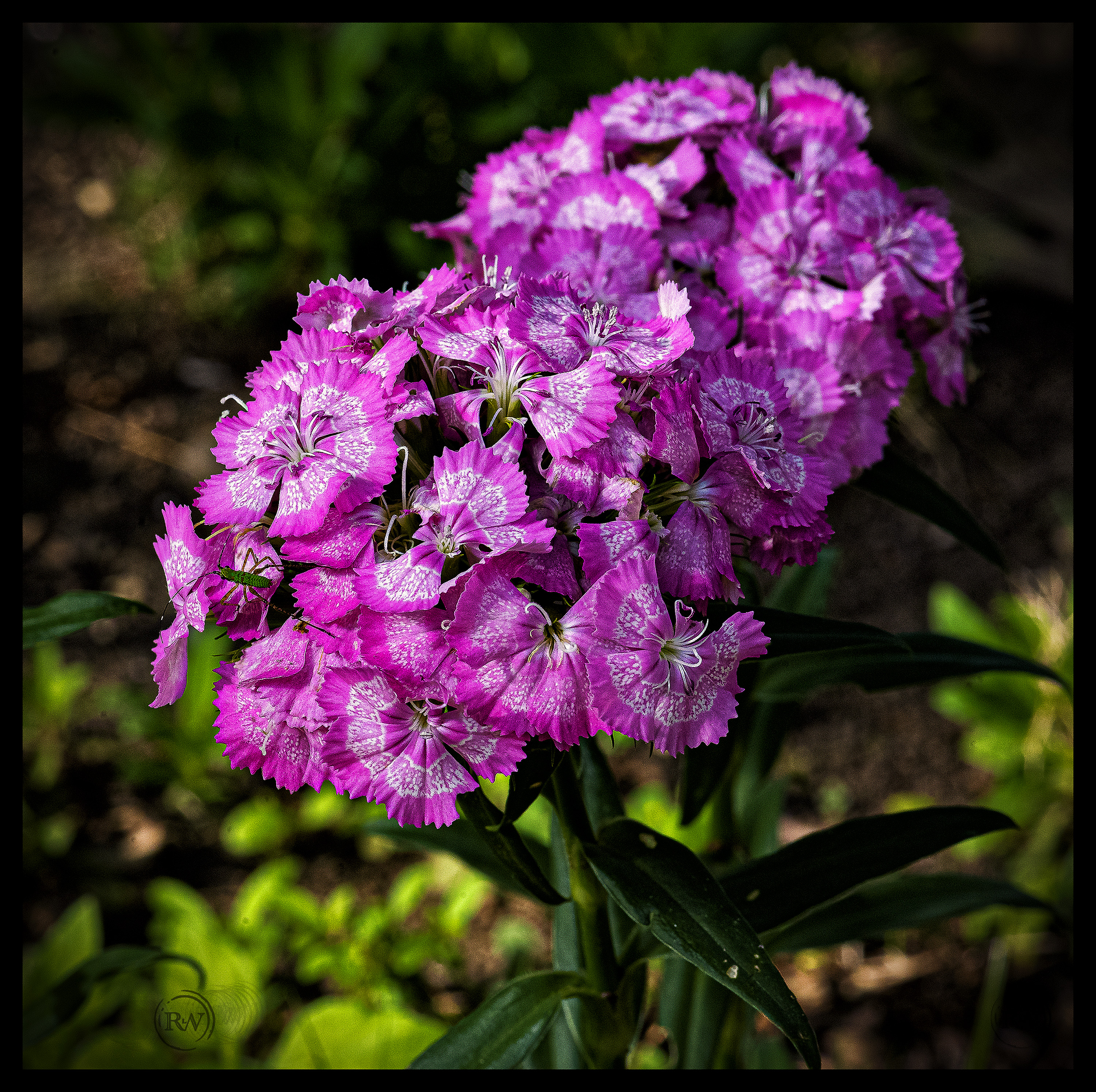
Two separate Sweet William plants. The front one was the target photo. 18 photo stack. Note the the insect left front, also in focus.
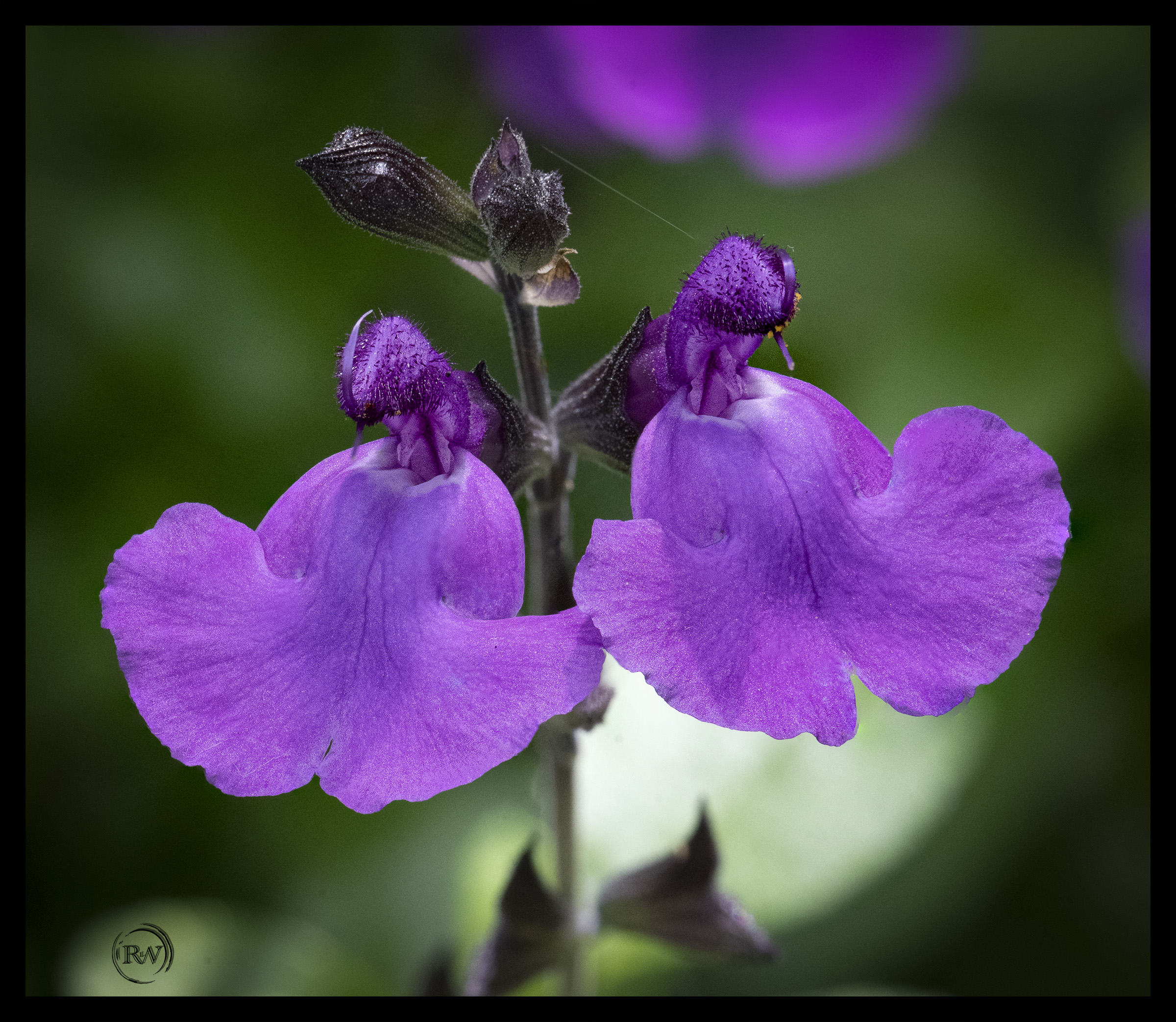
Purple Salvia – another 18 image stack showing serious detail and depth of field.
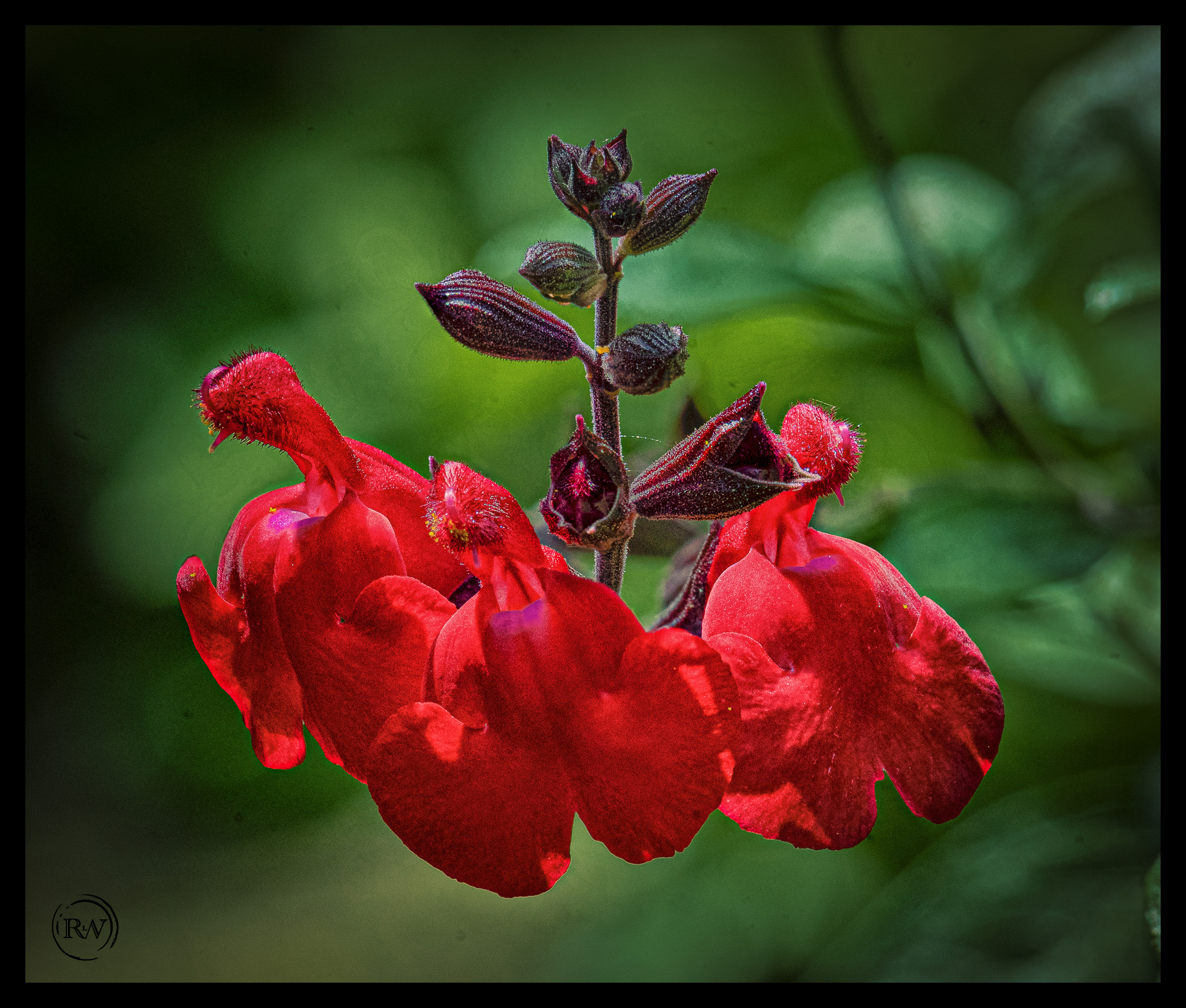
Red Salvia – another 18 image stack, also showing great detail and depth of field.












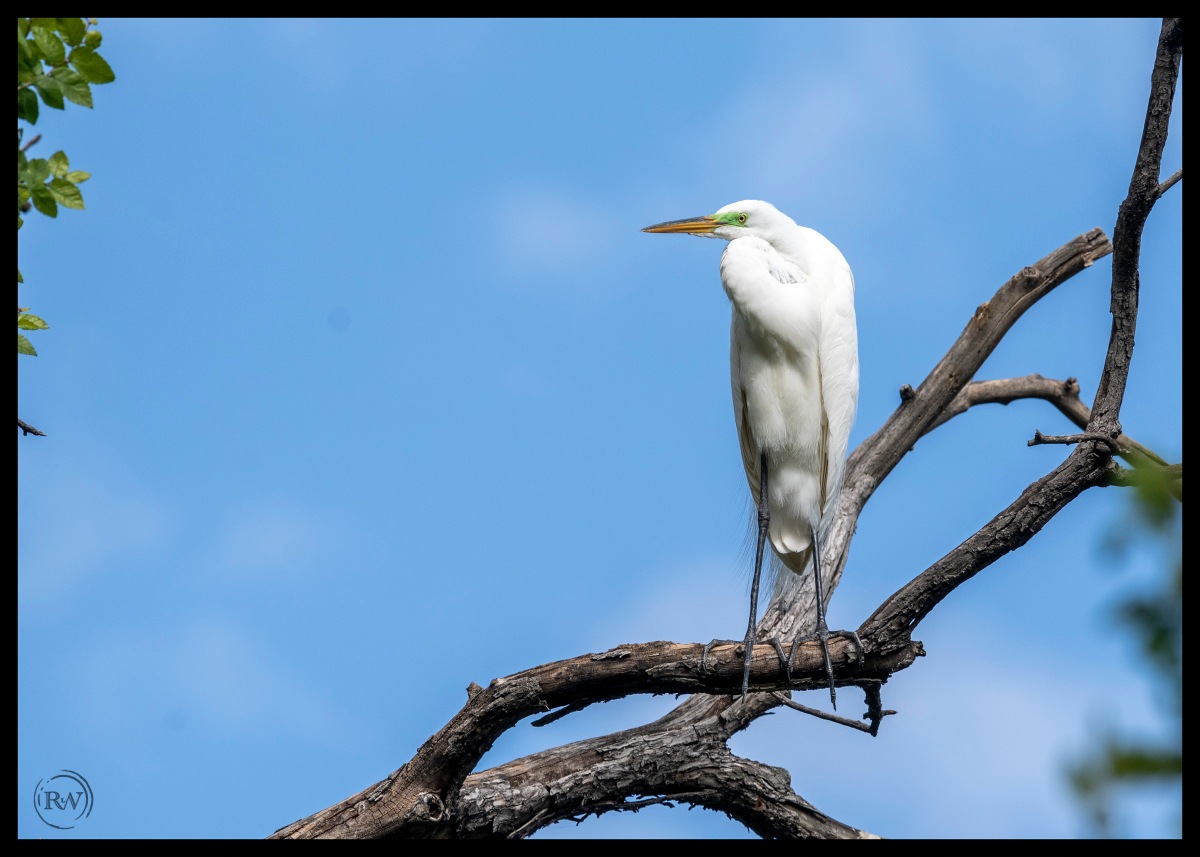
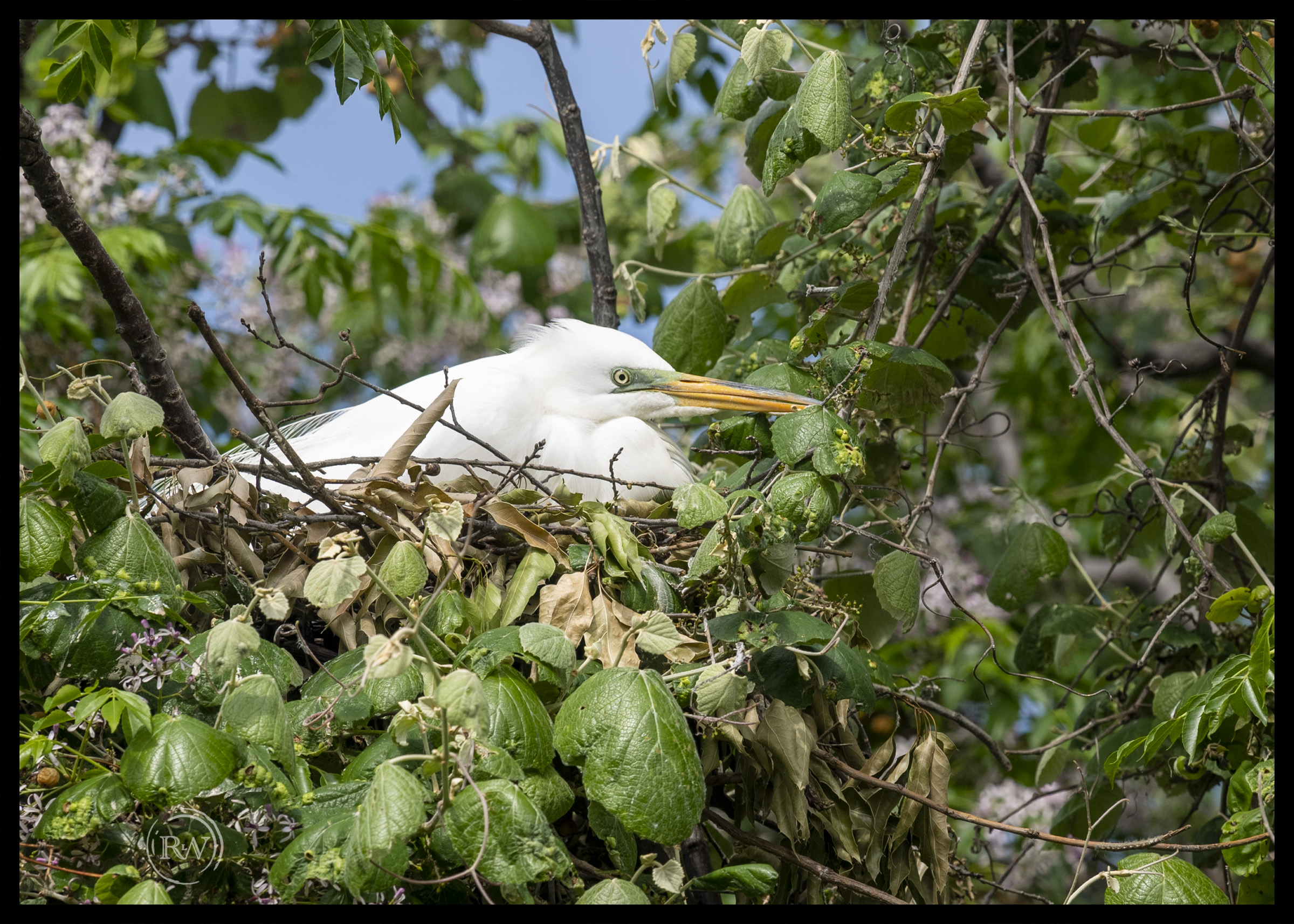
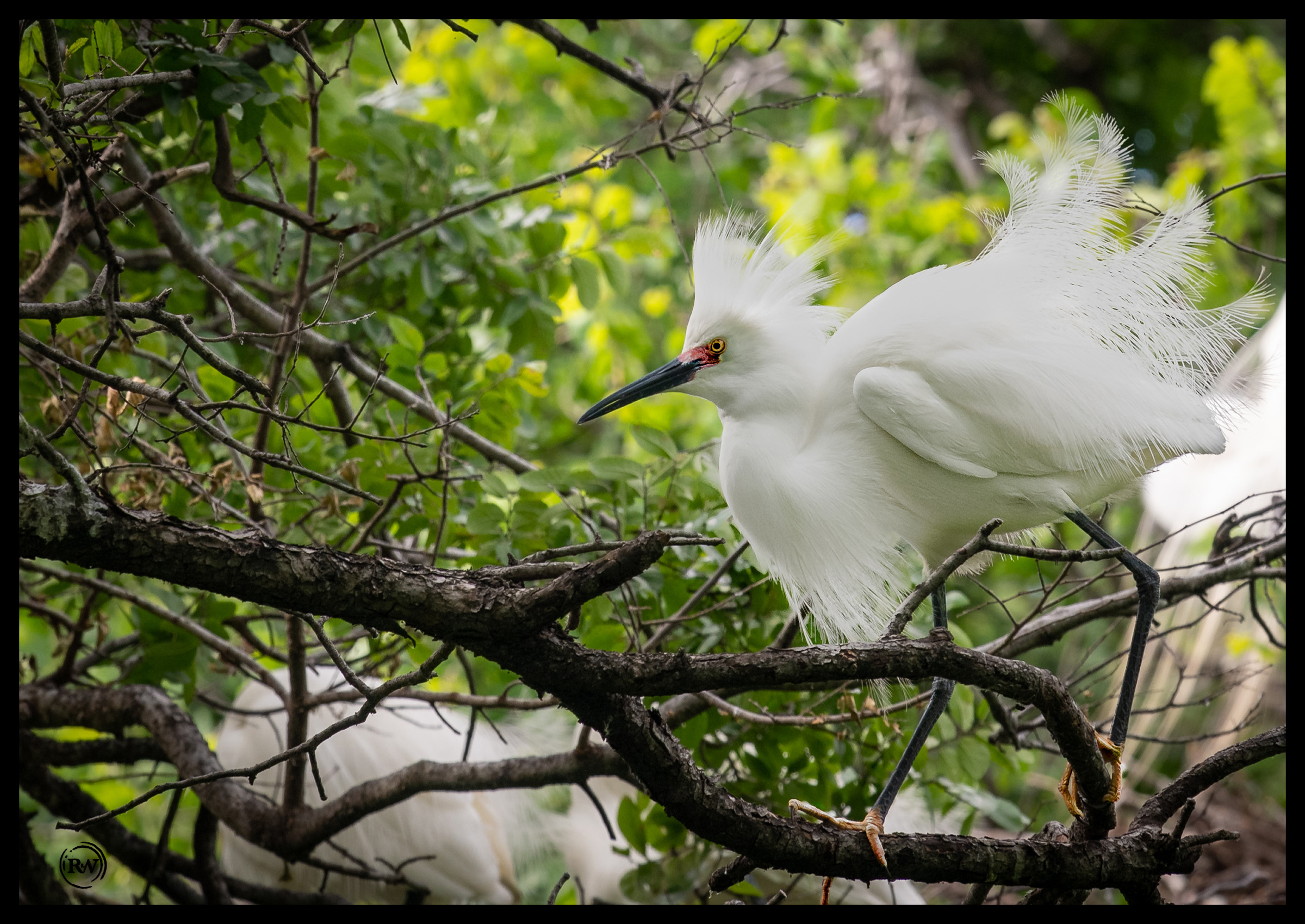
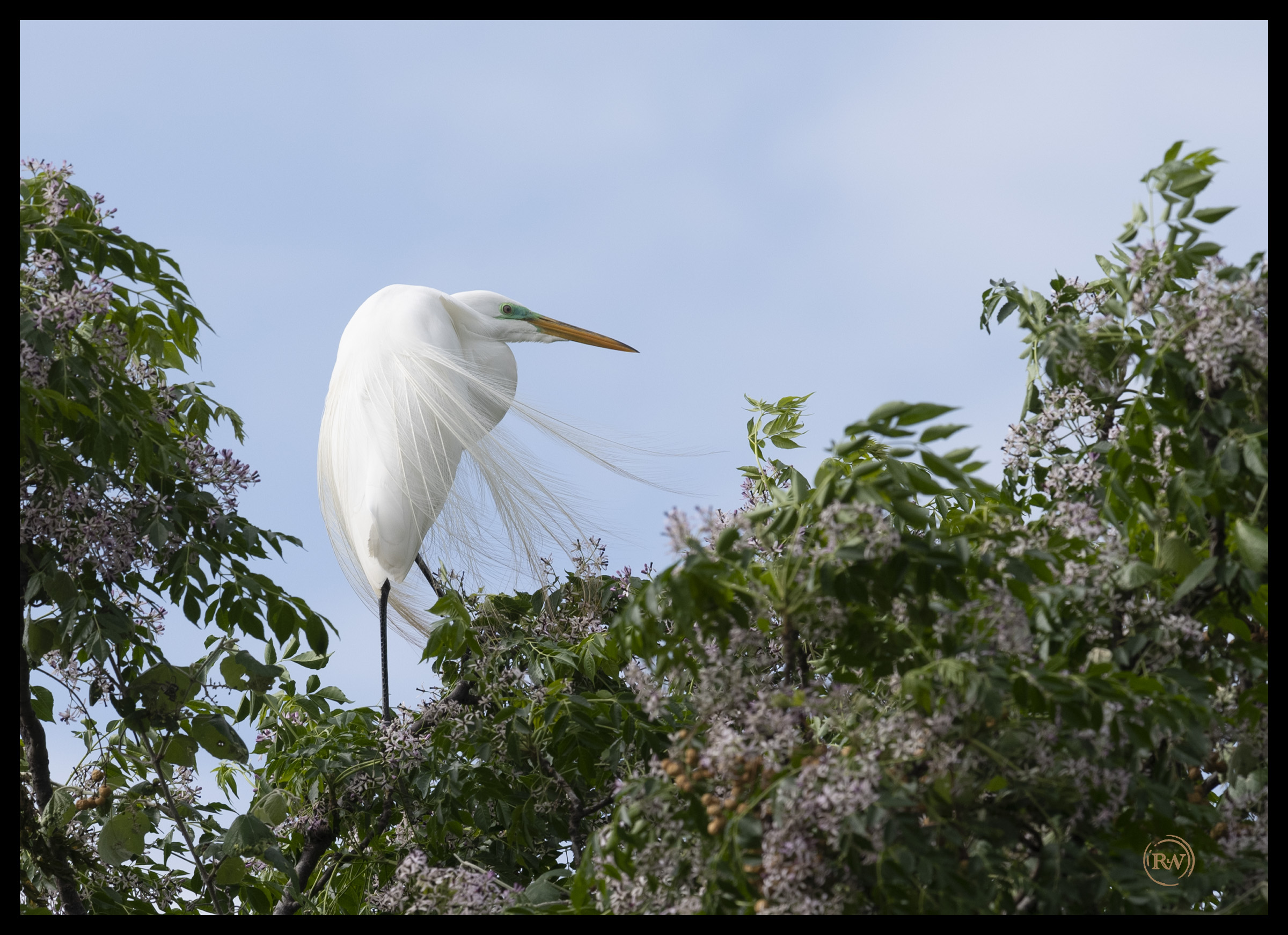
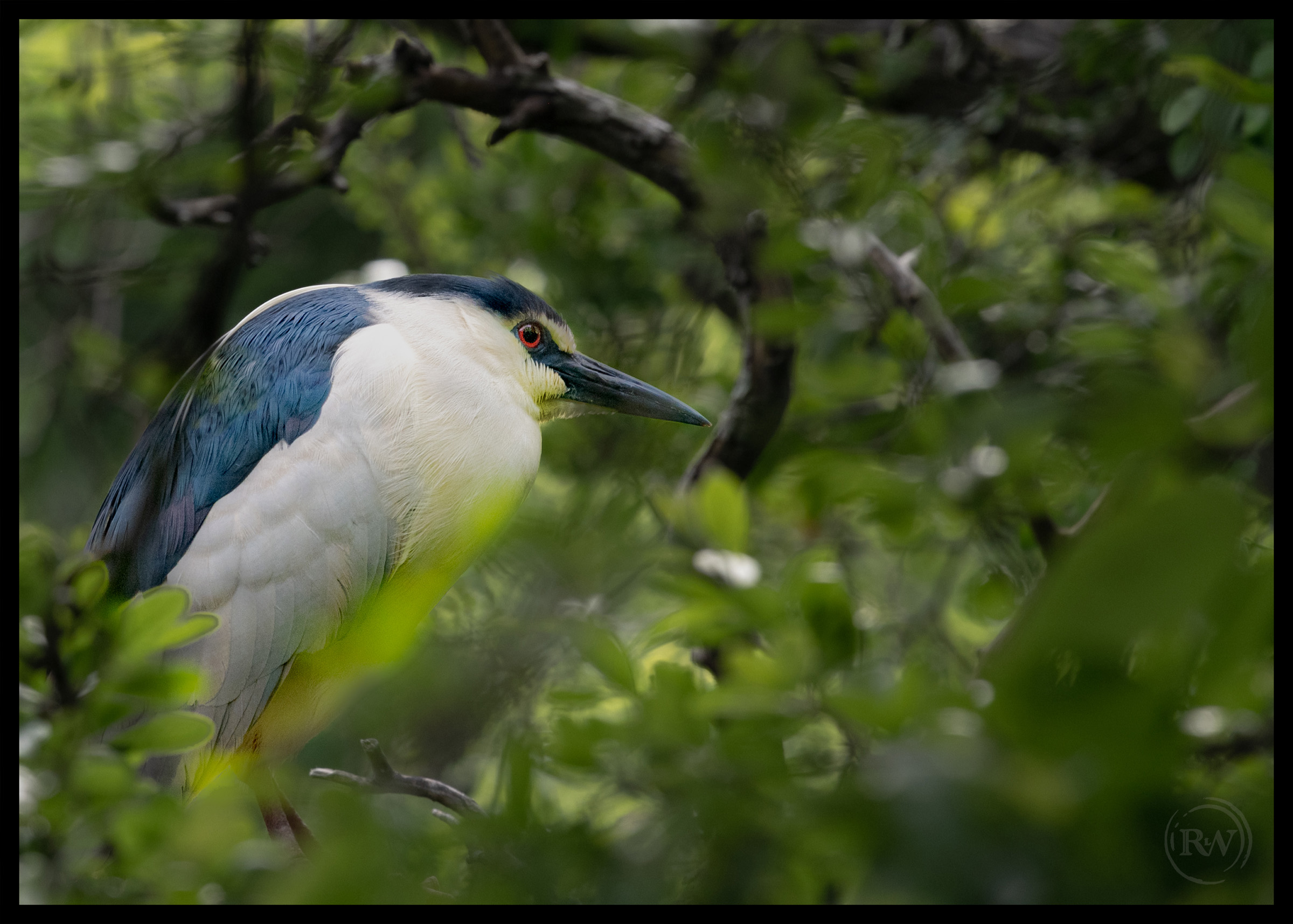
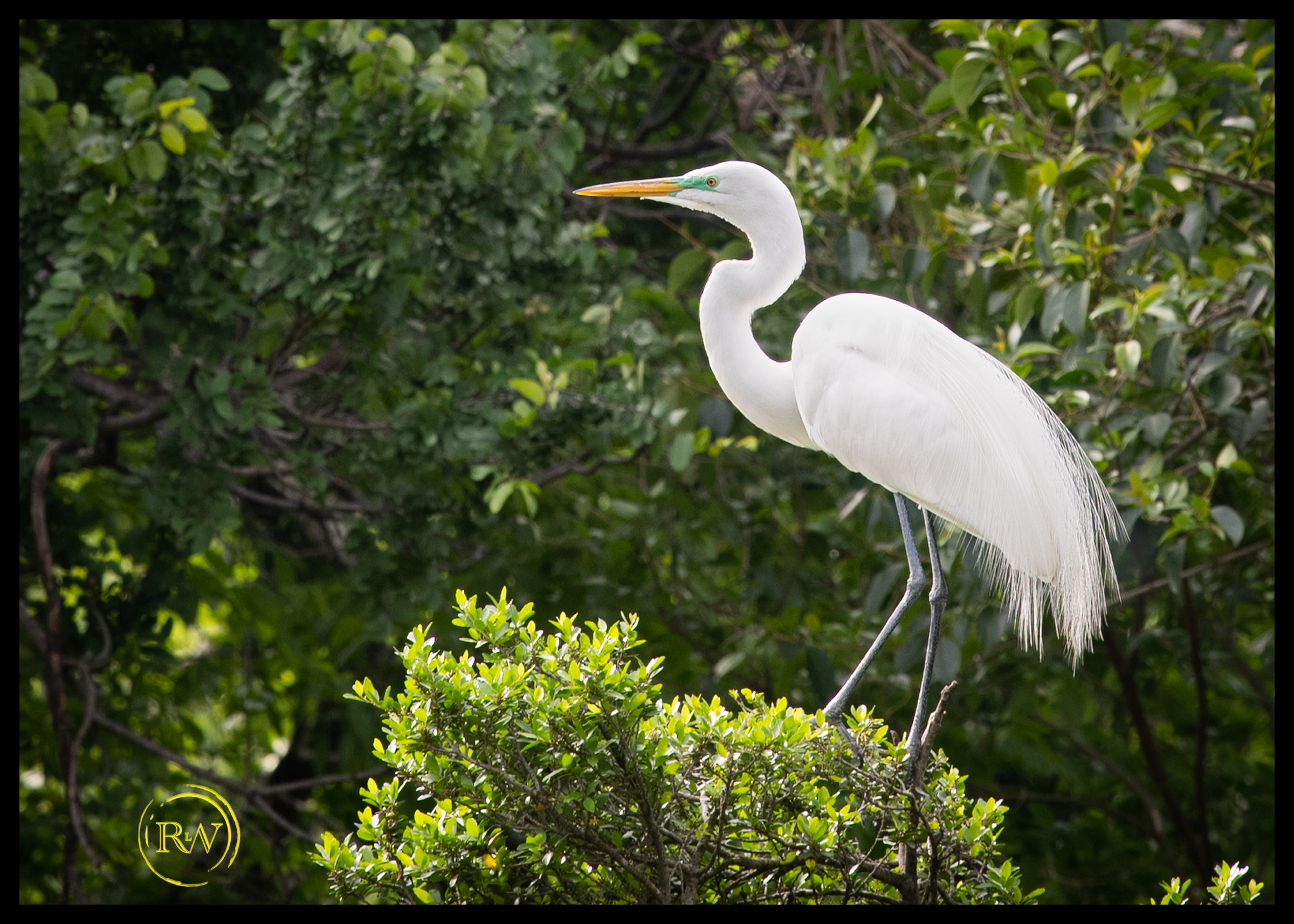
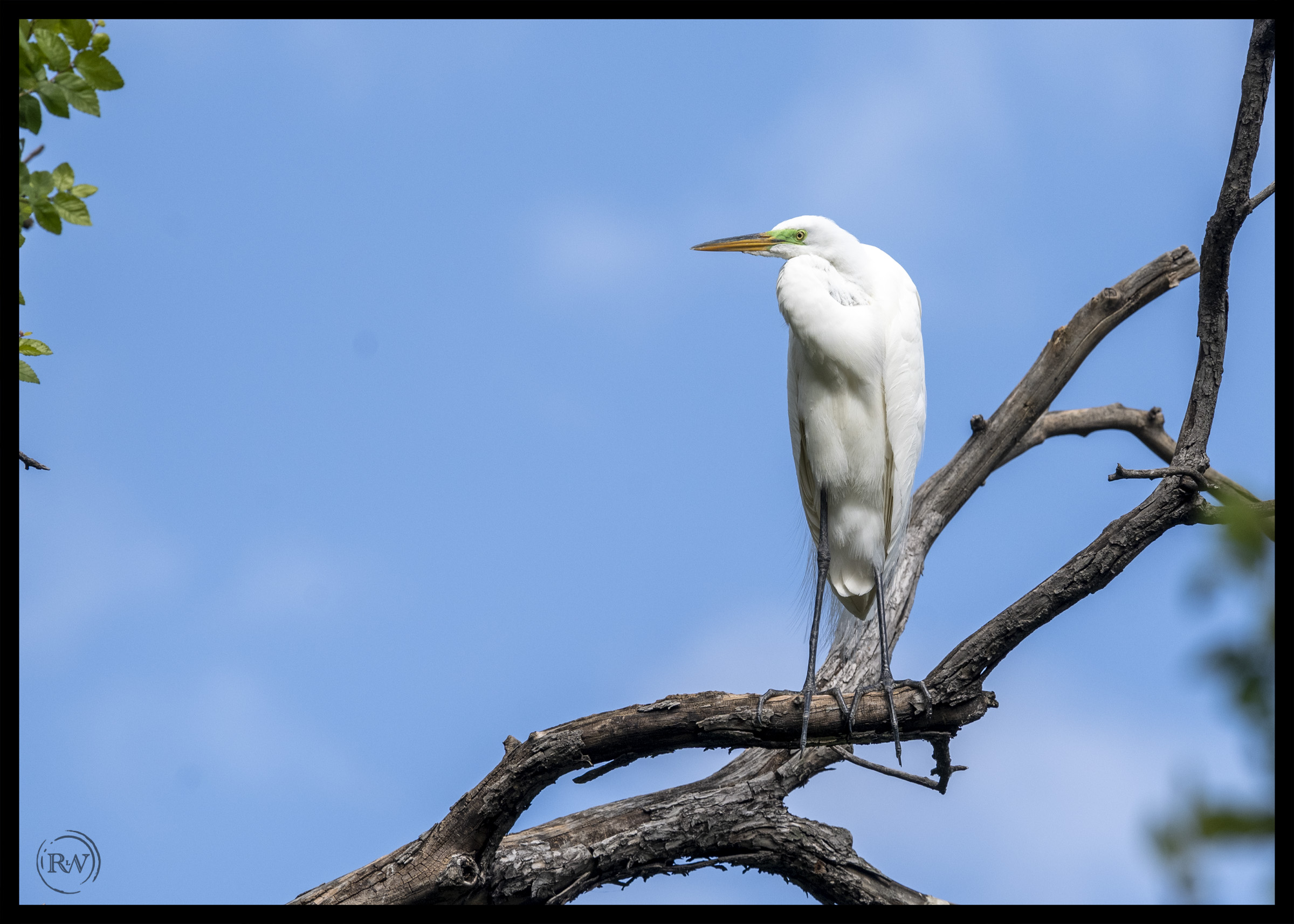
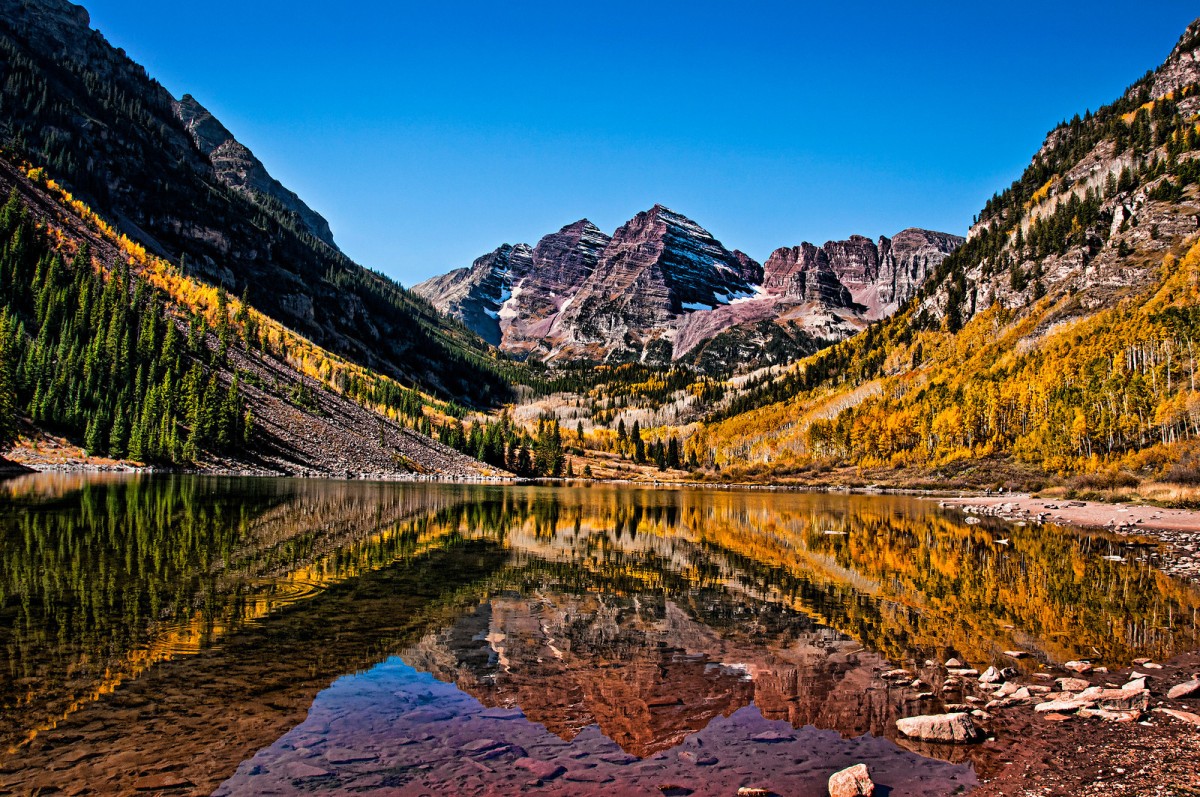
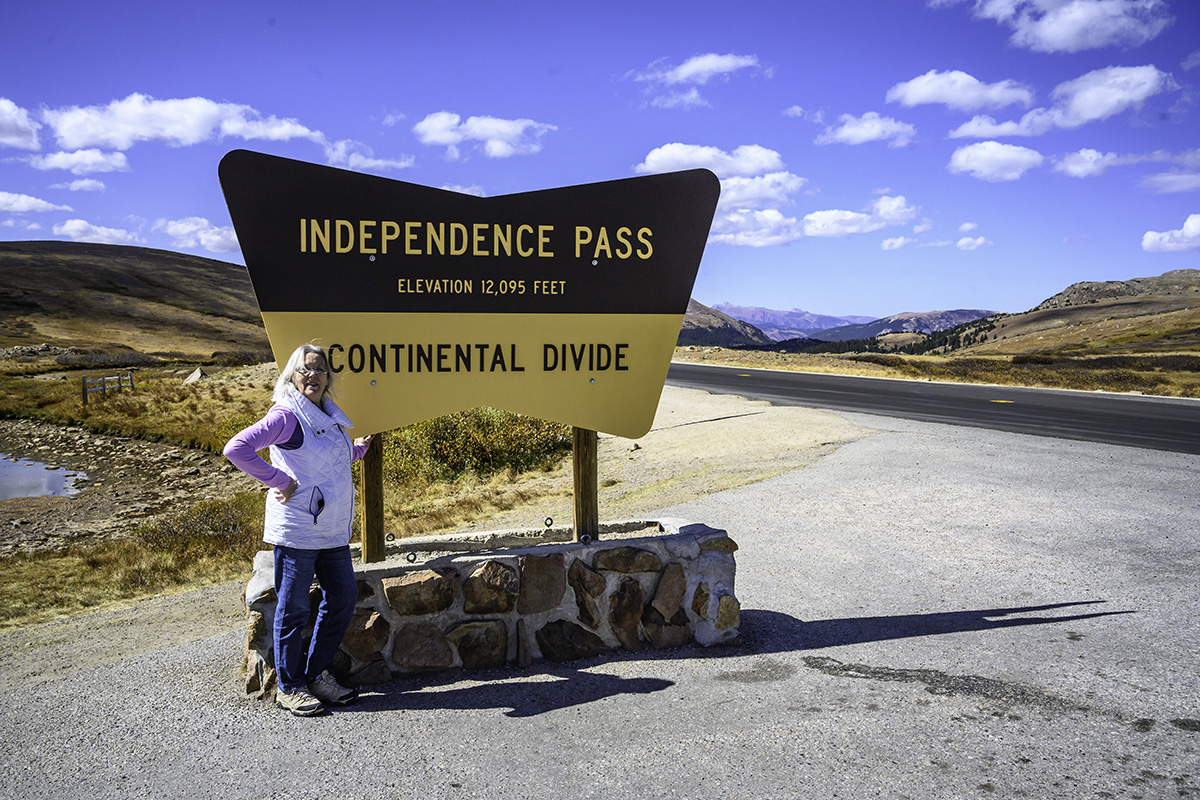
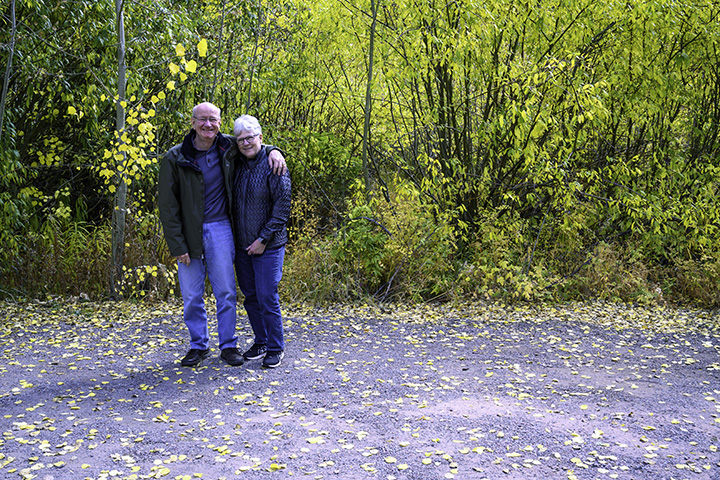
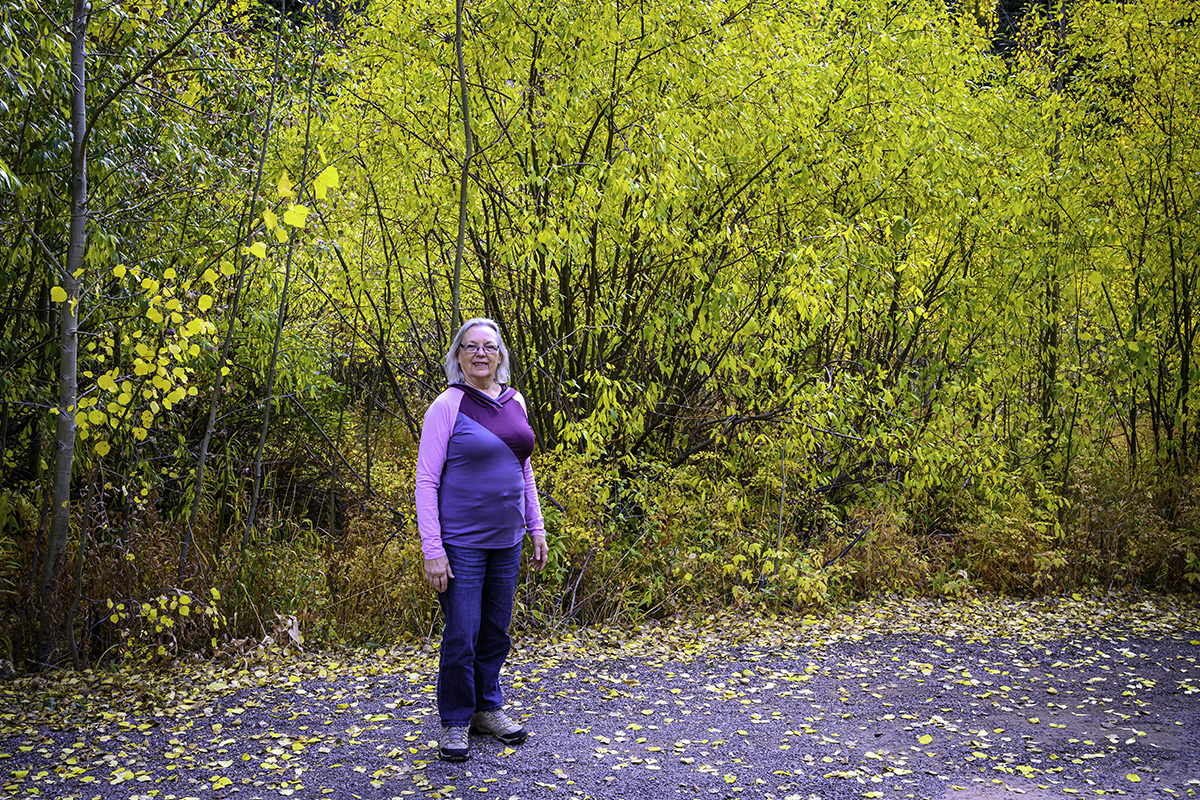
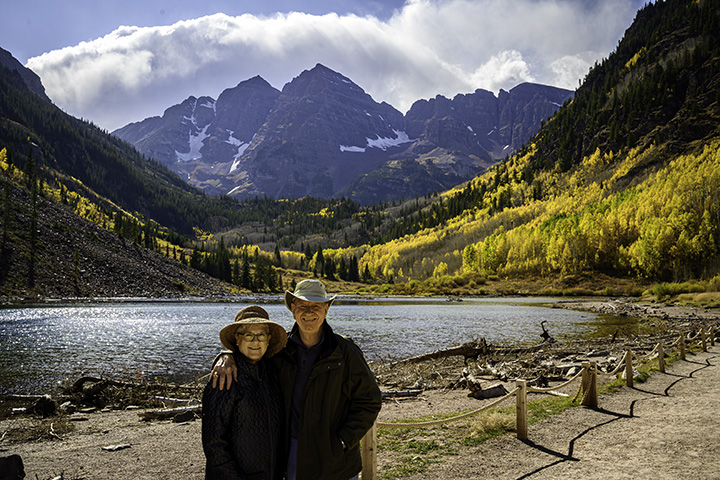
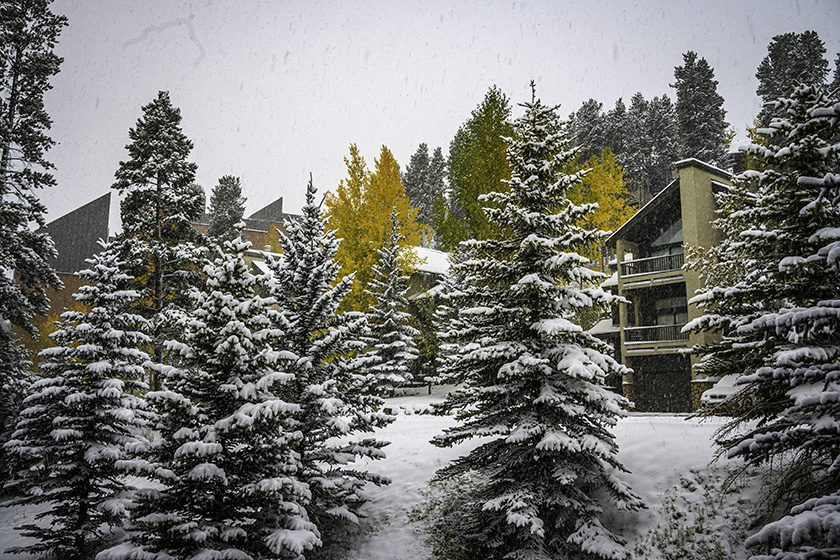
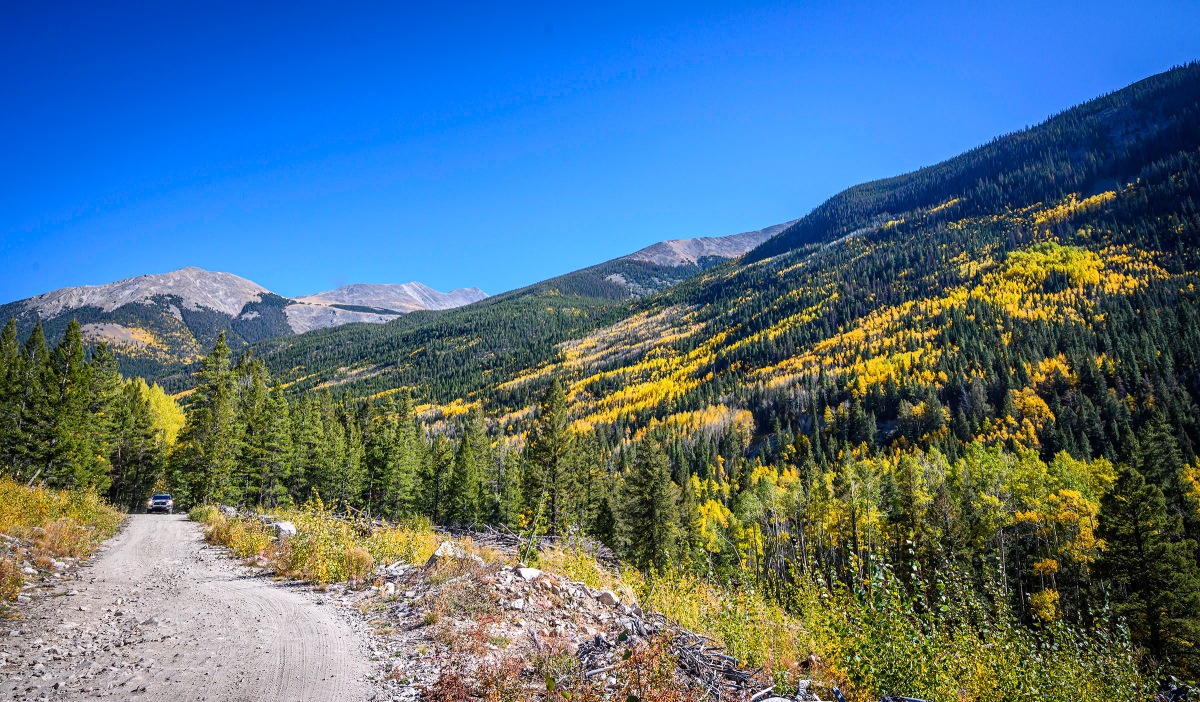
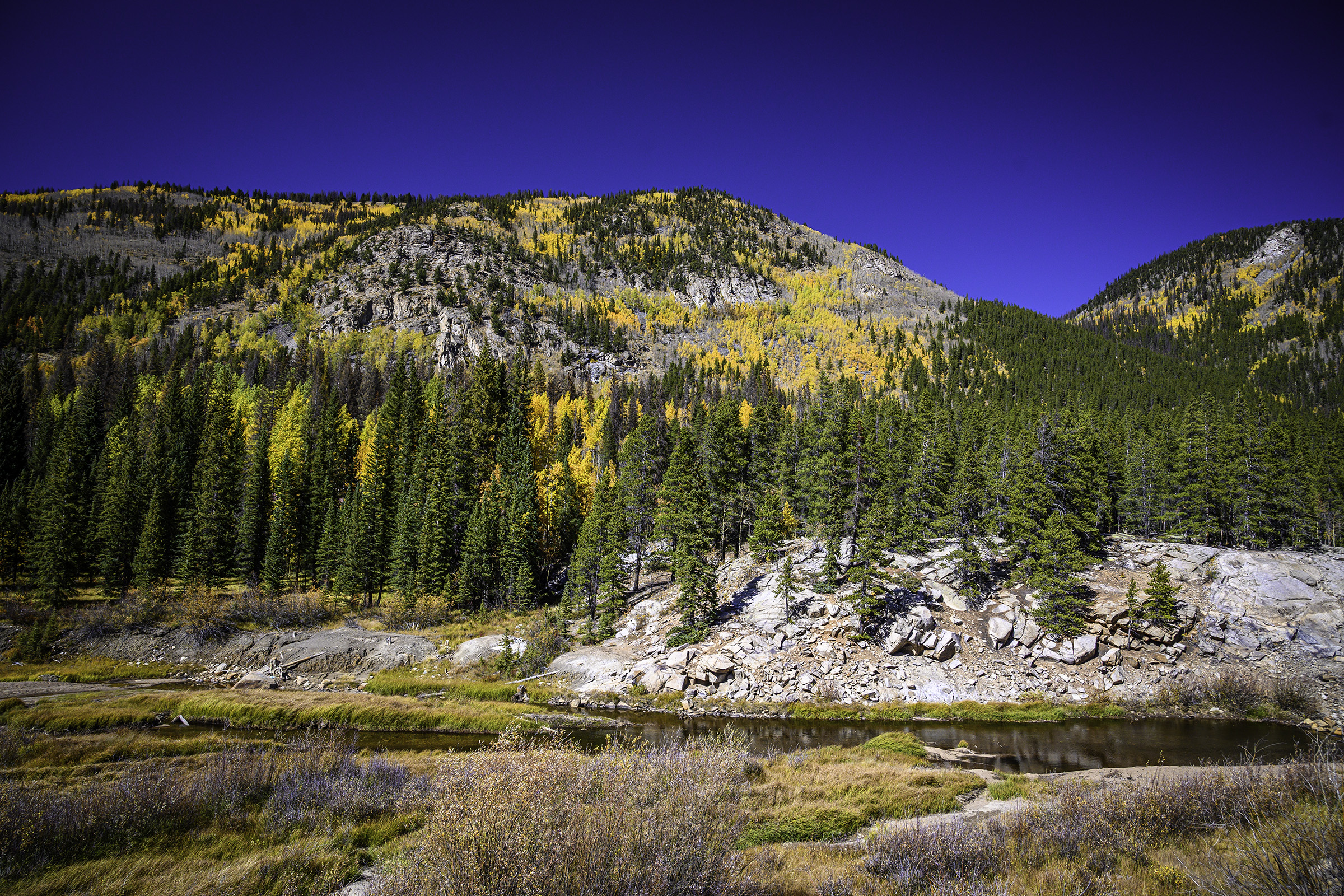
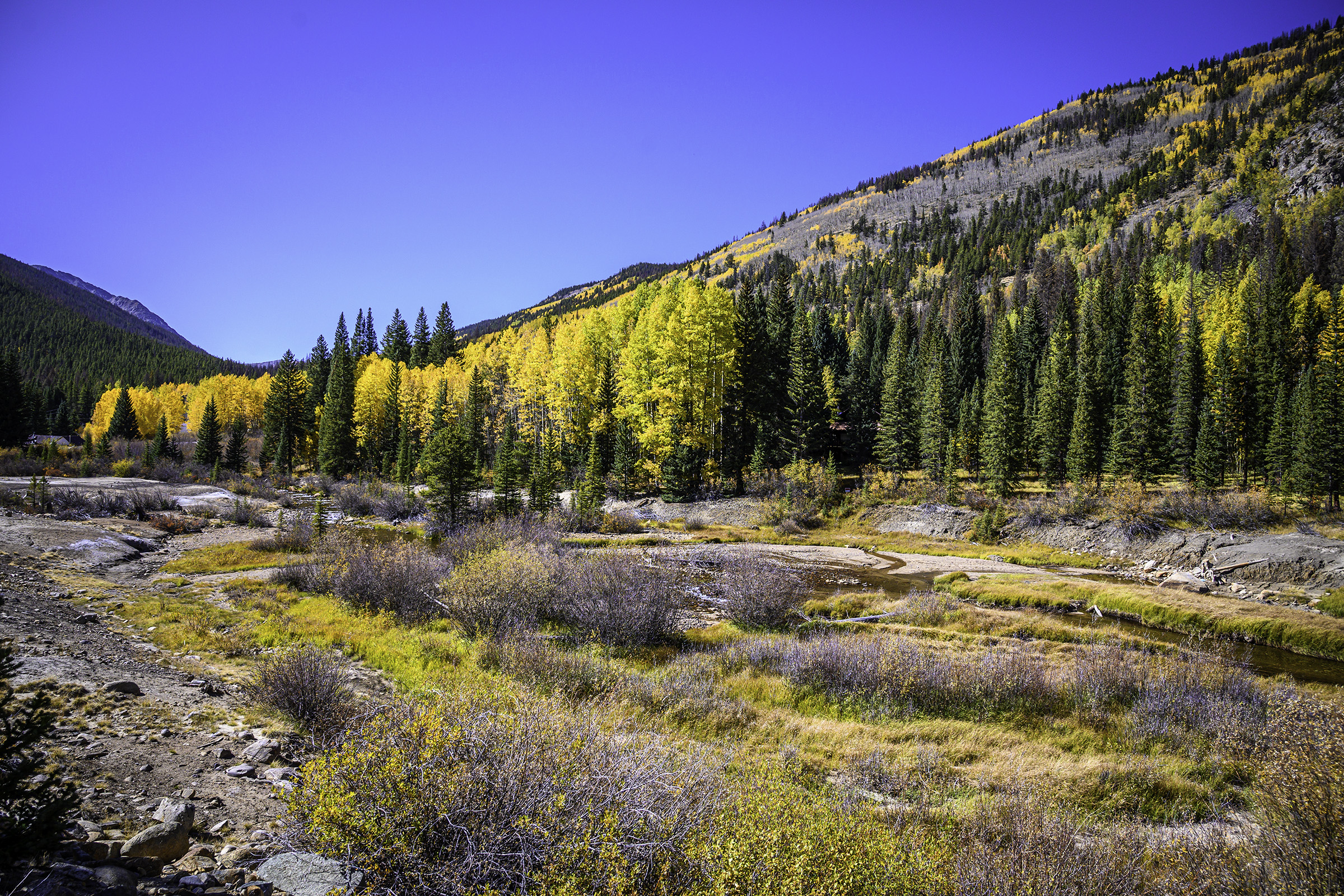
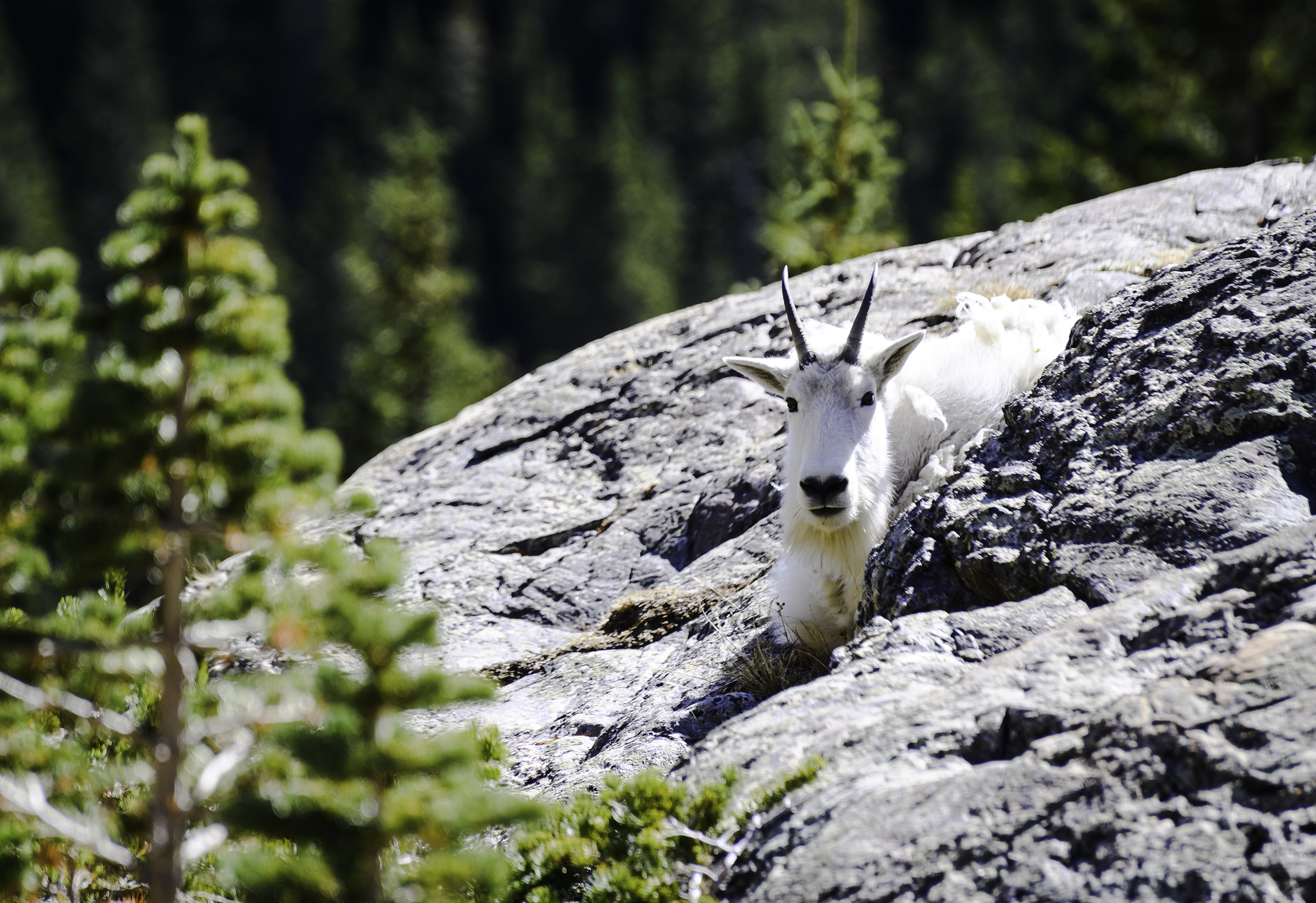
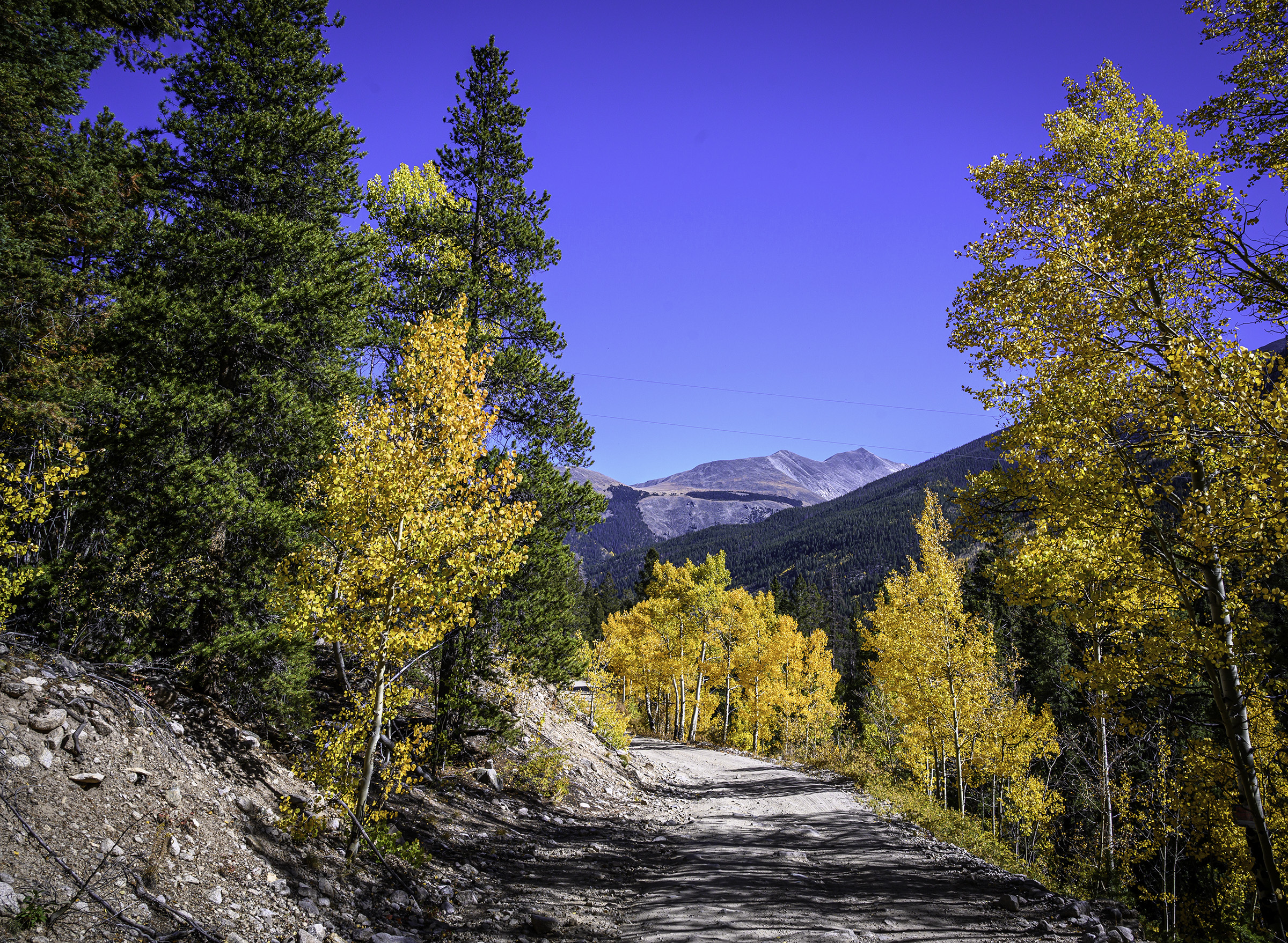
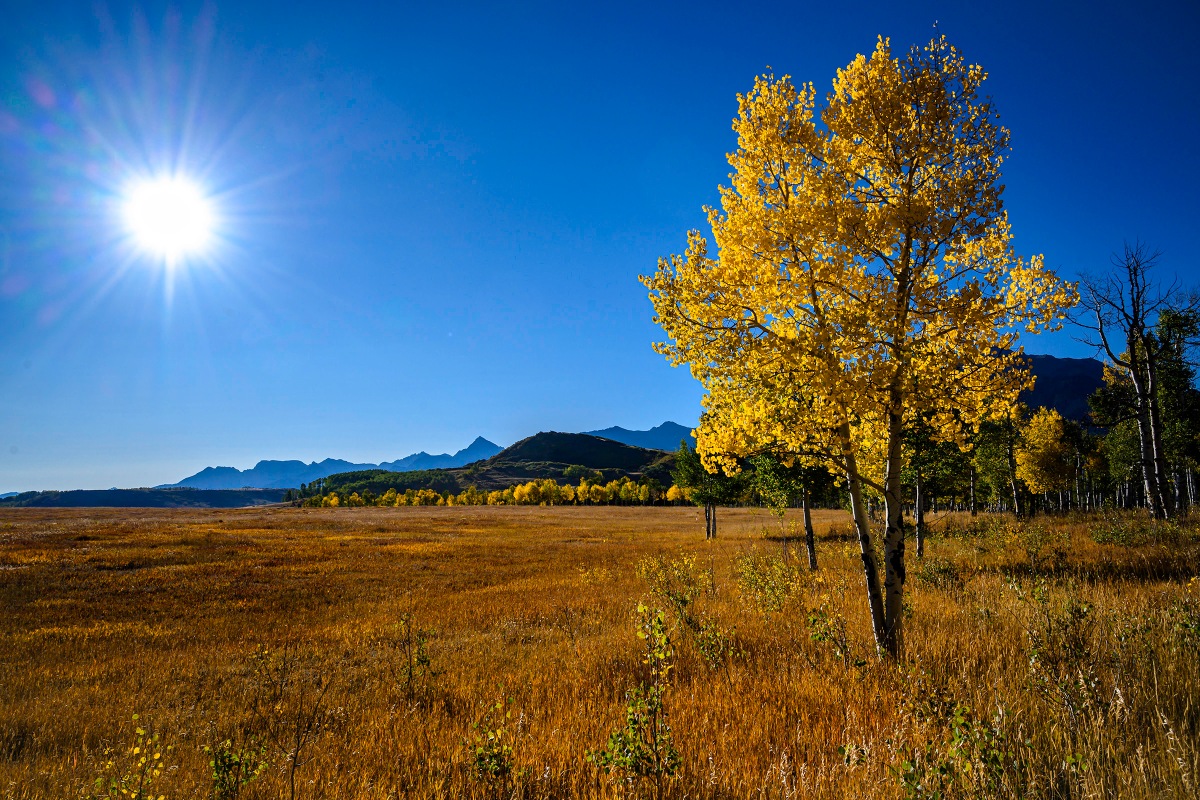
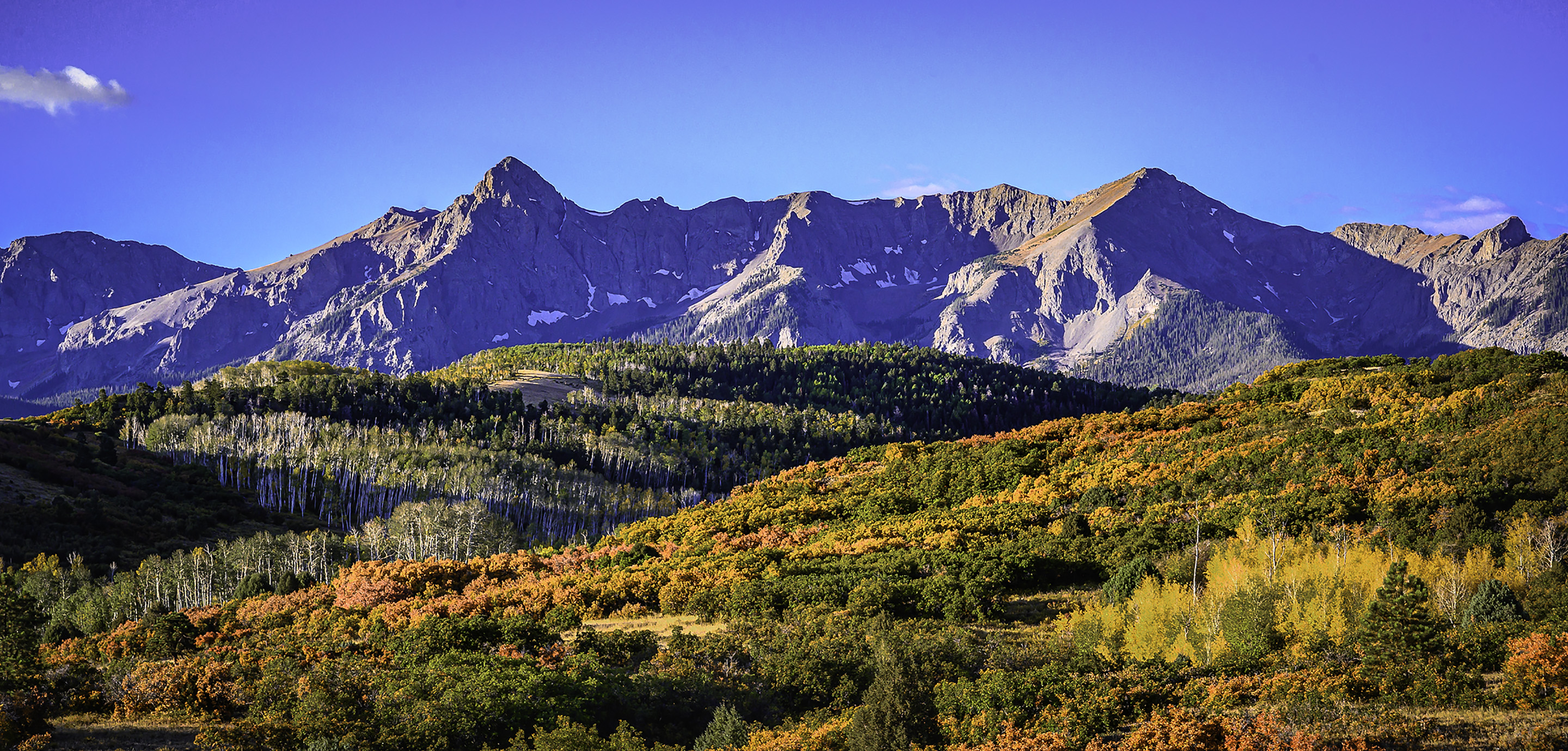
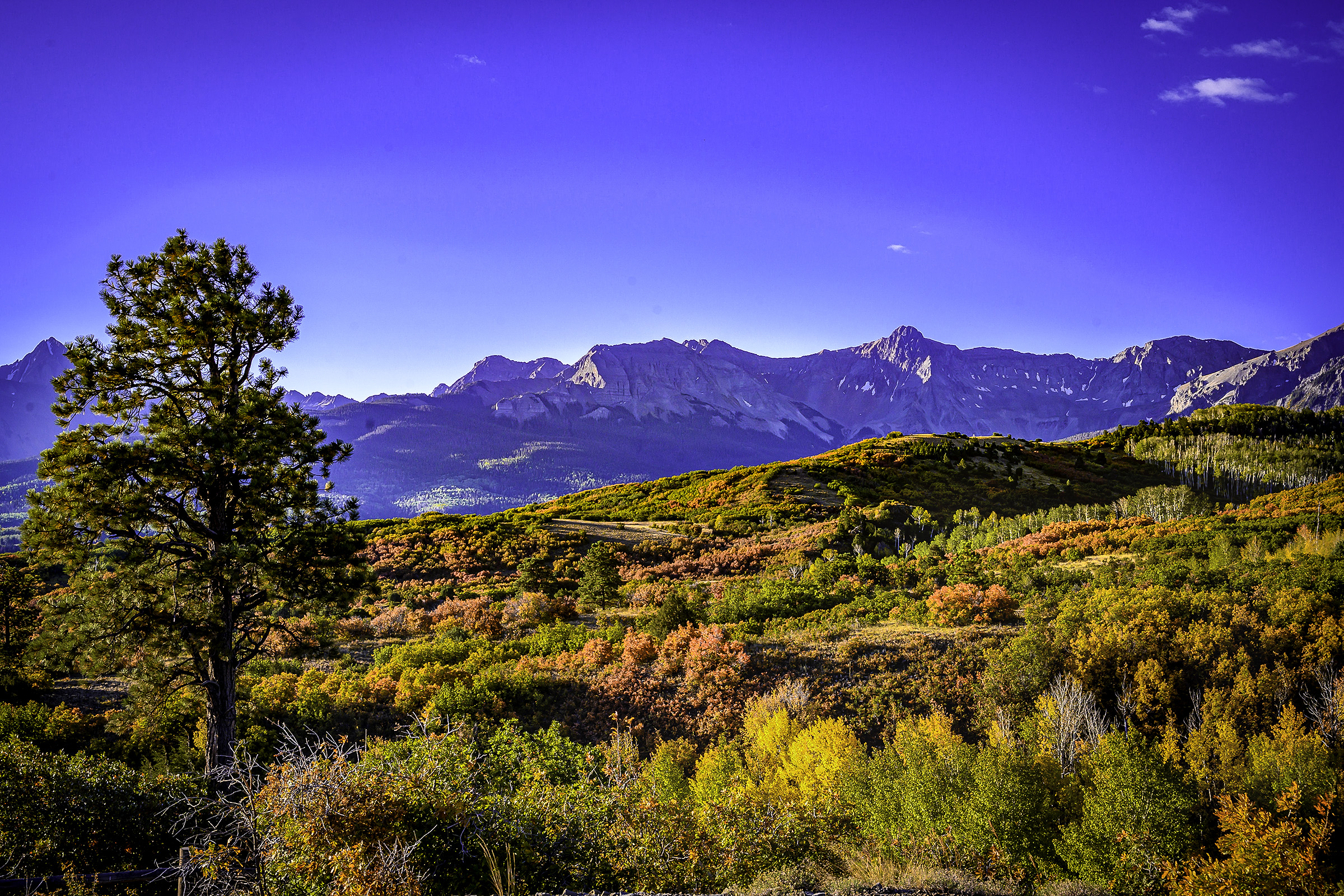
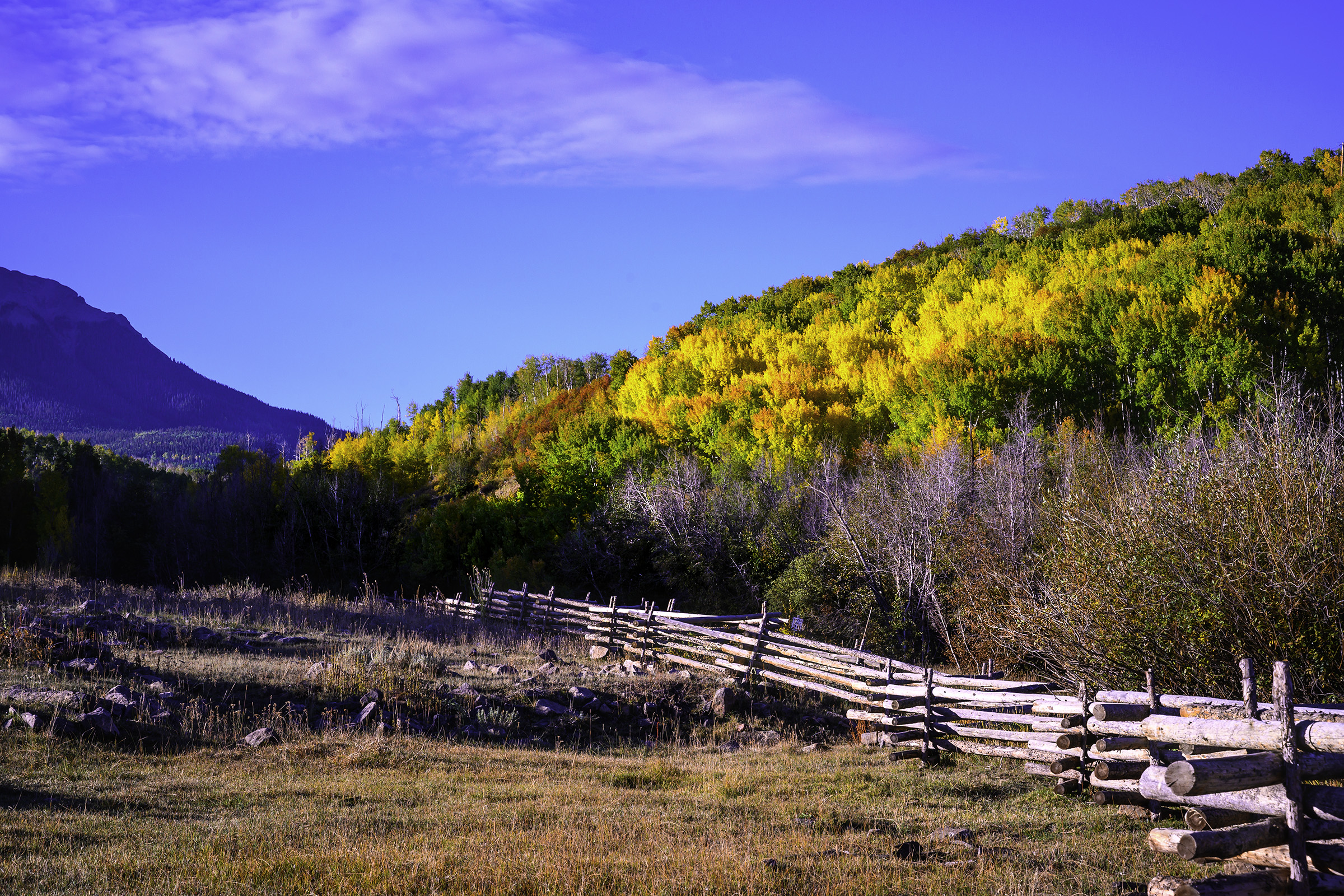
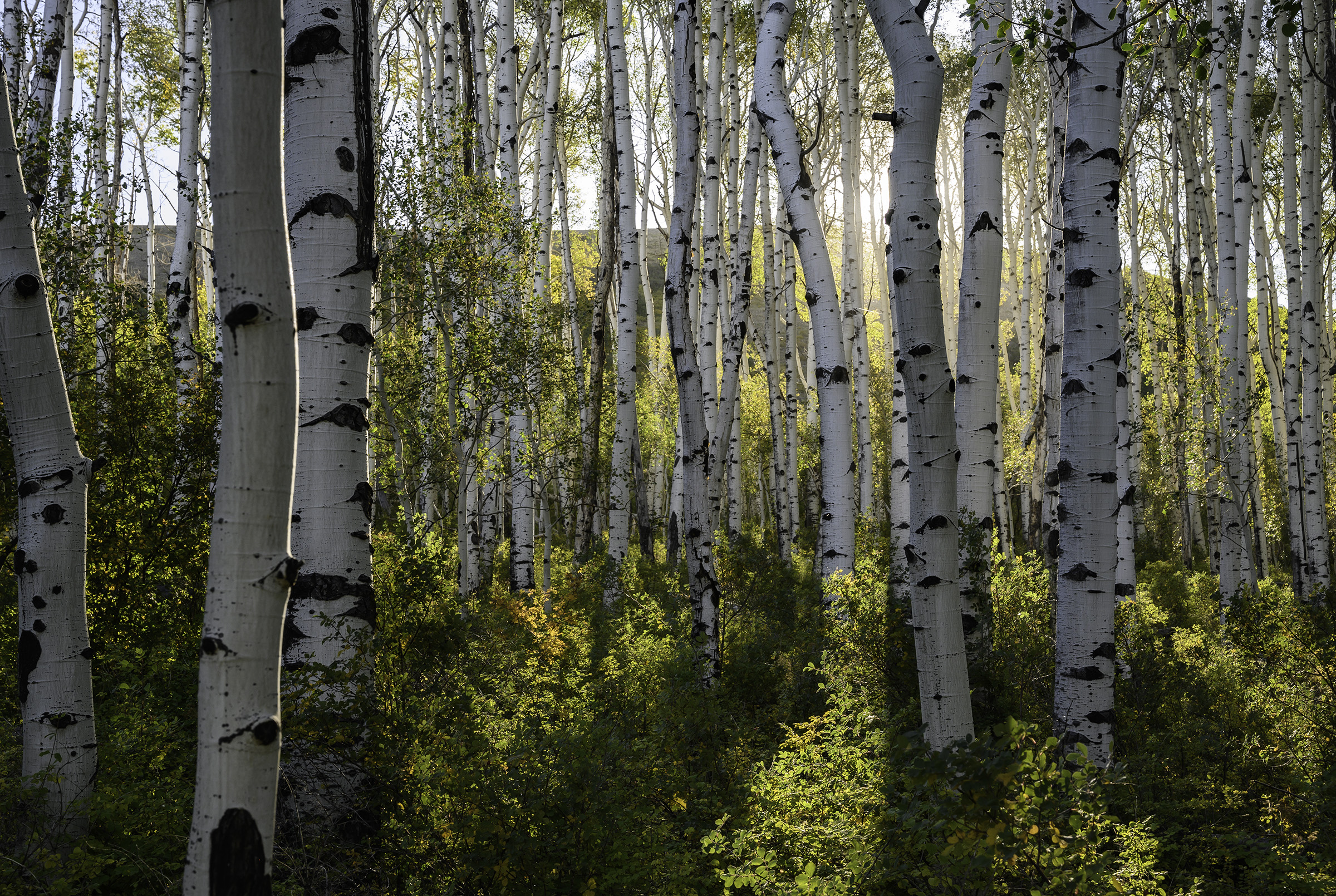
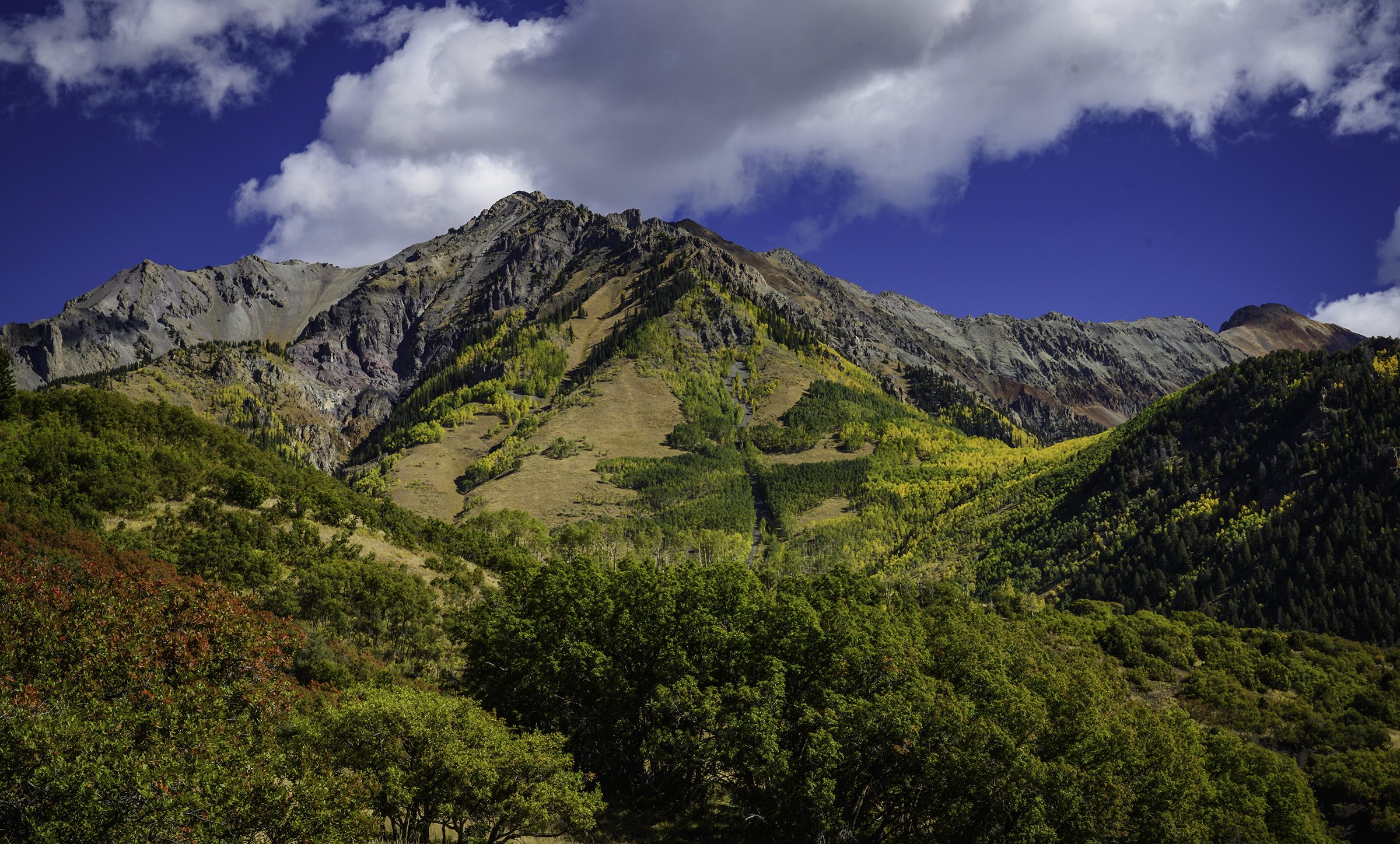
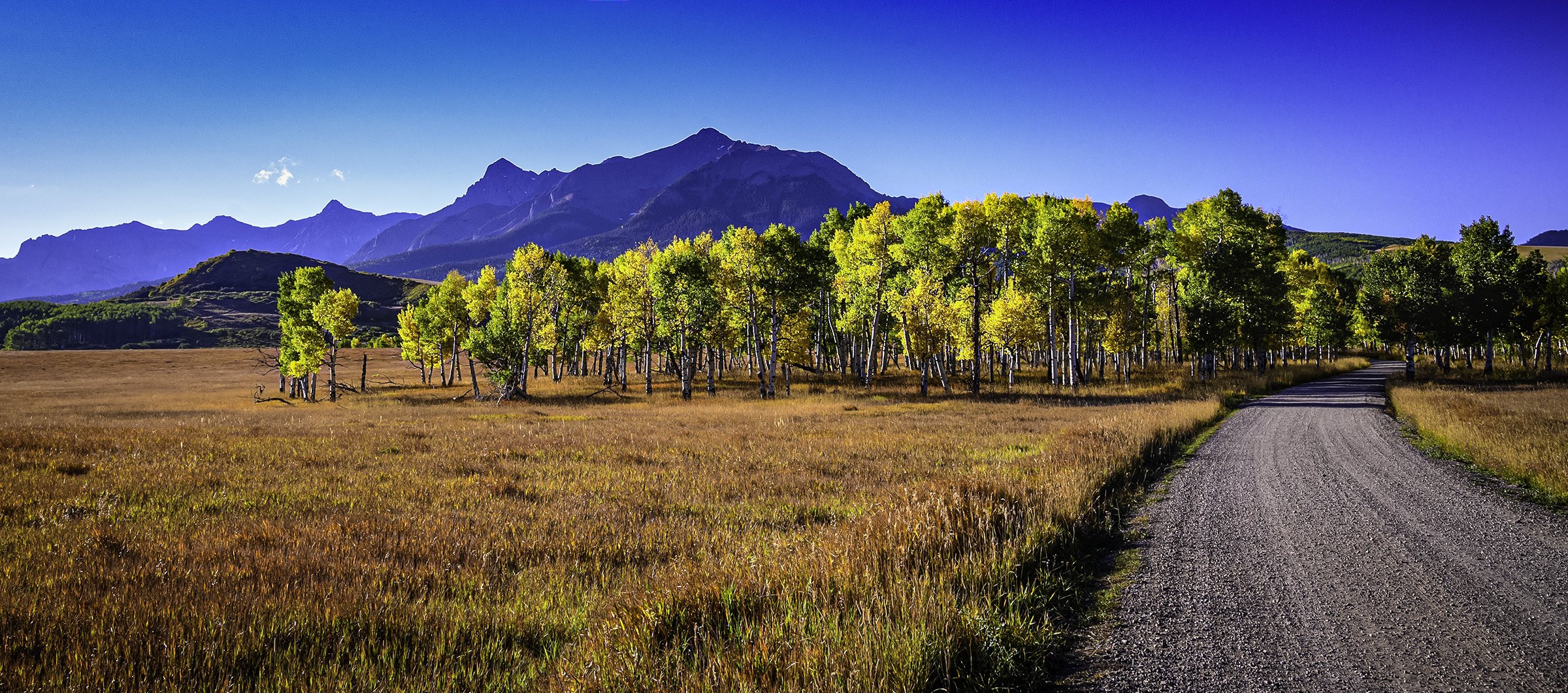
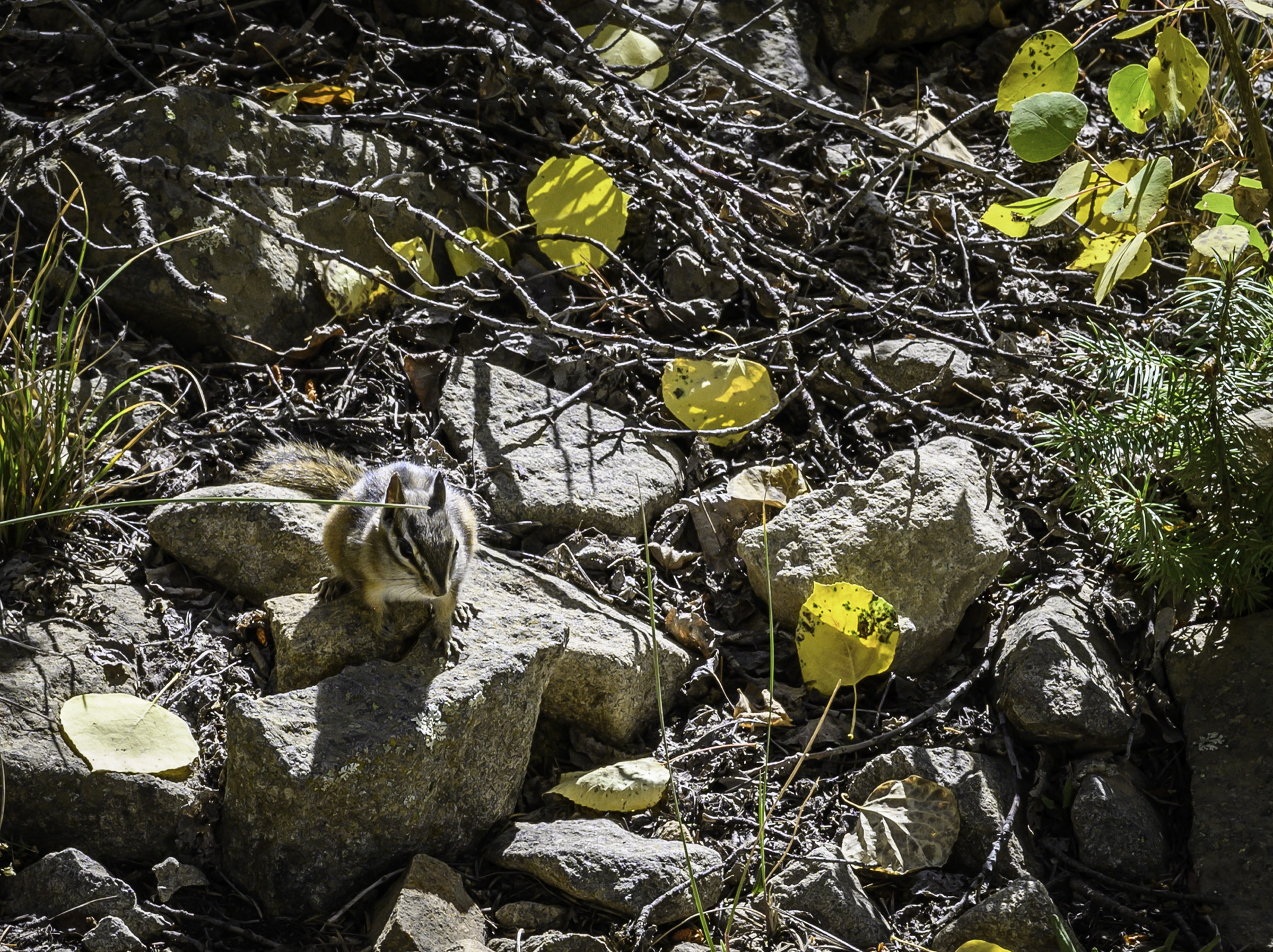
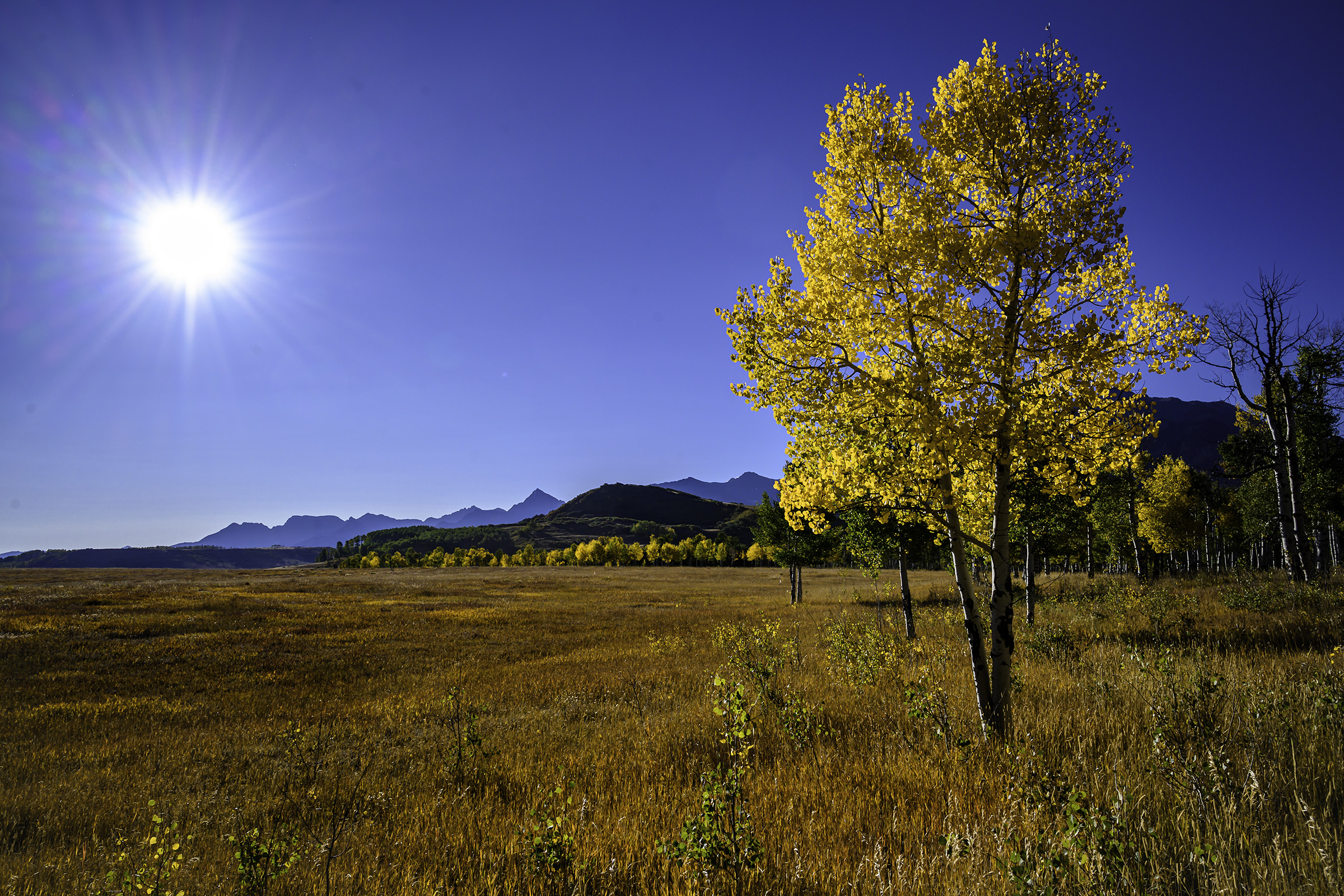
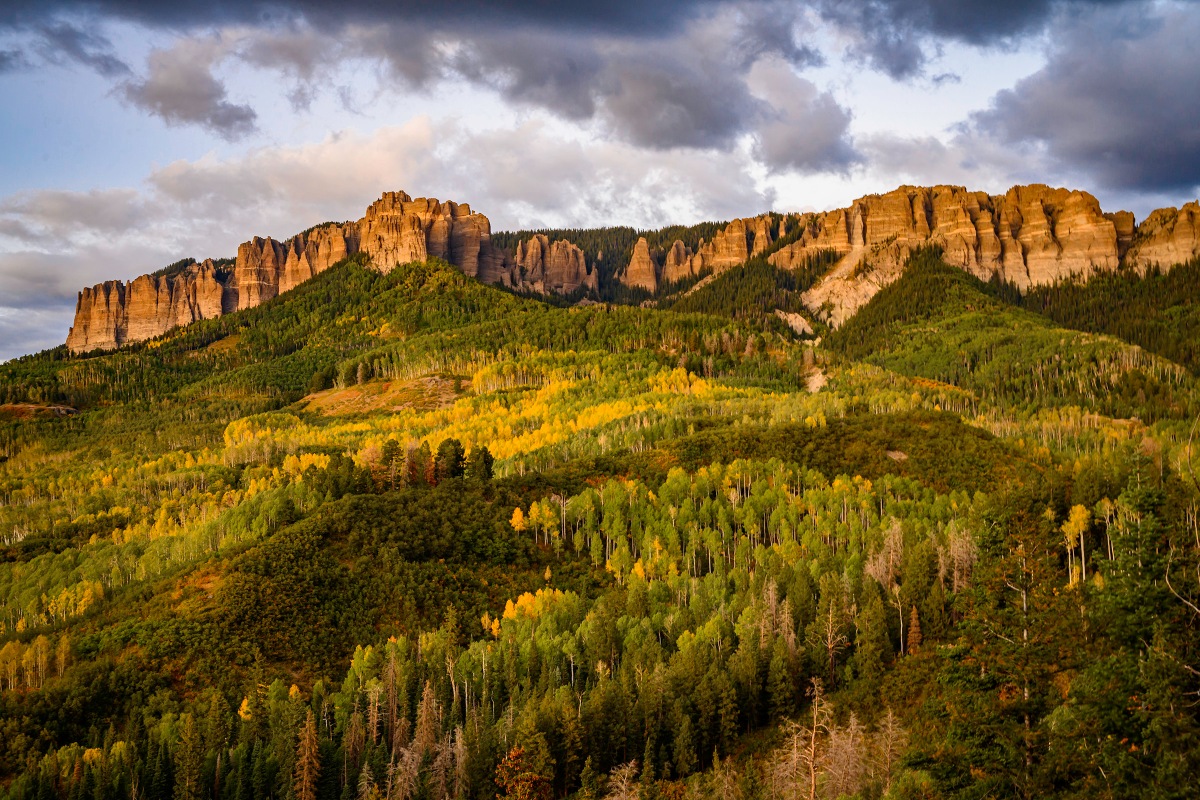
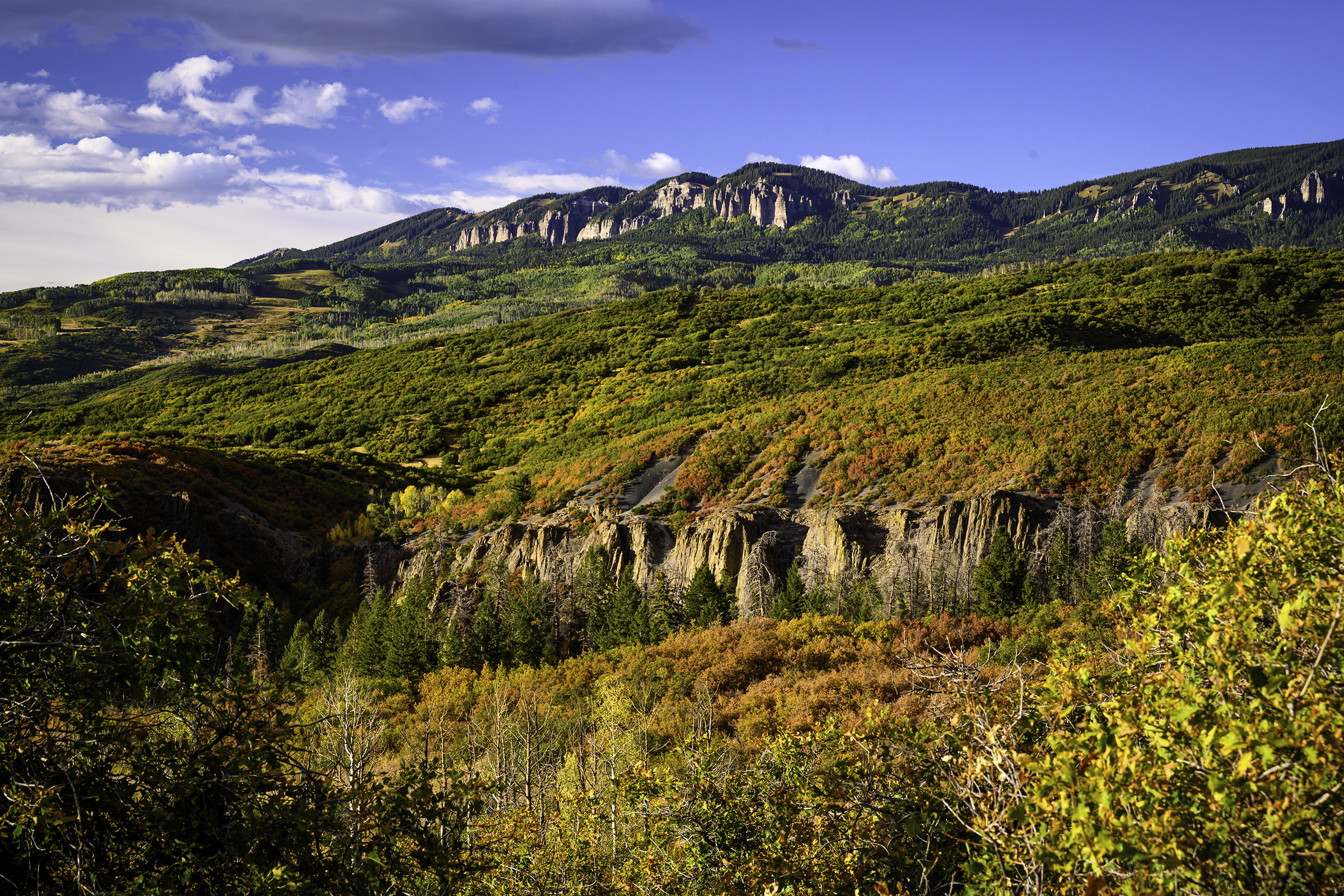
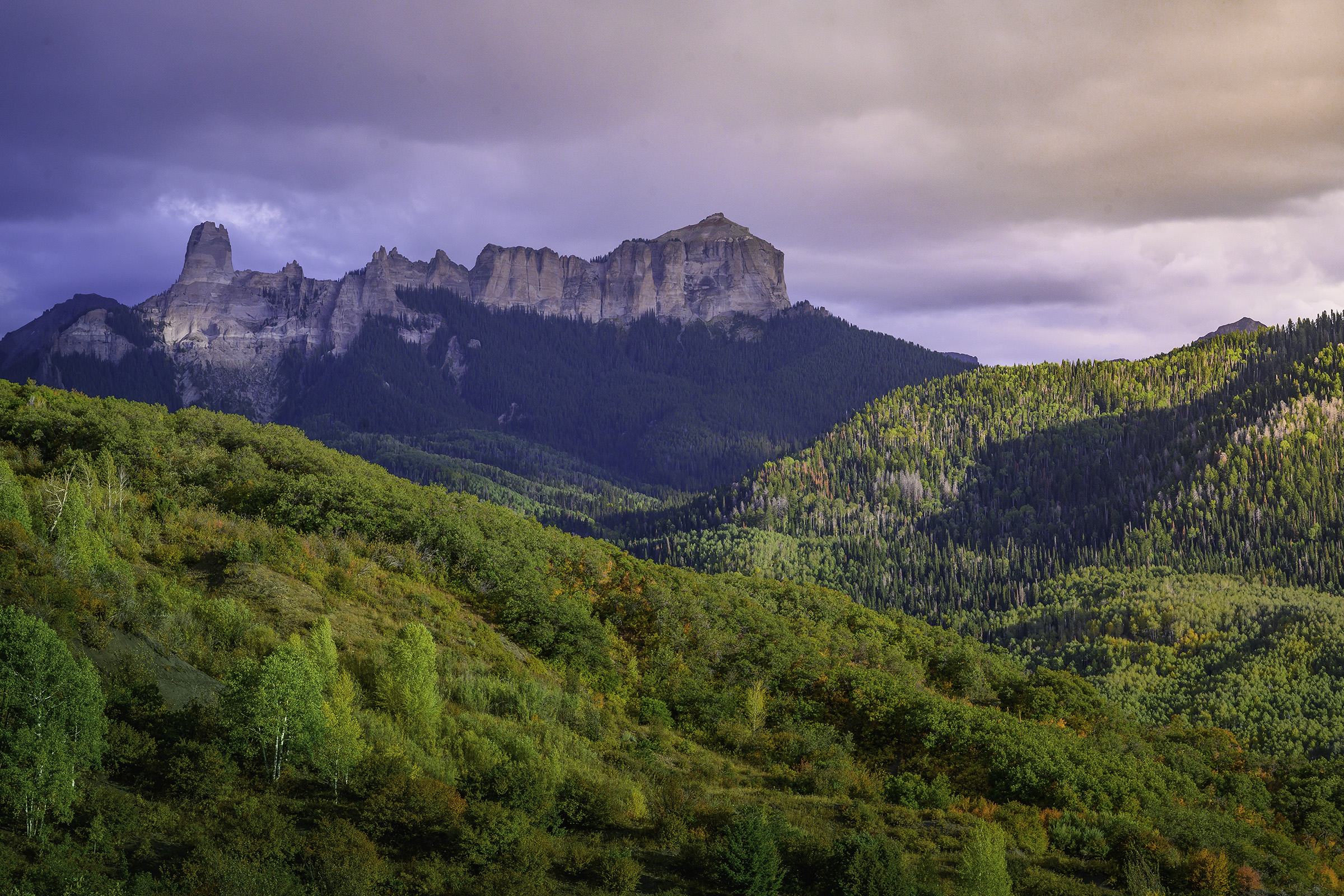
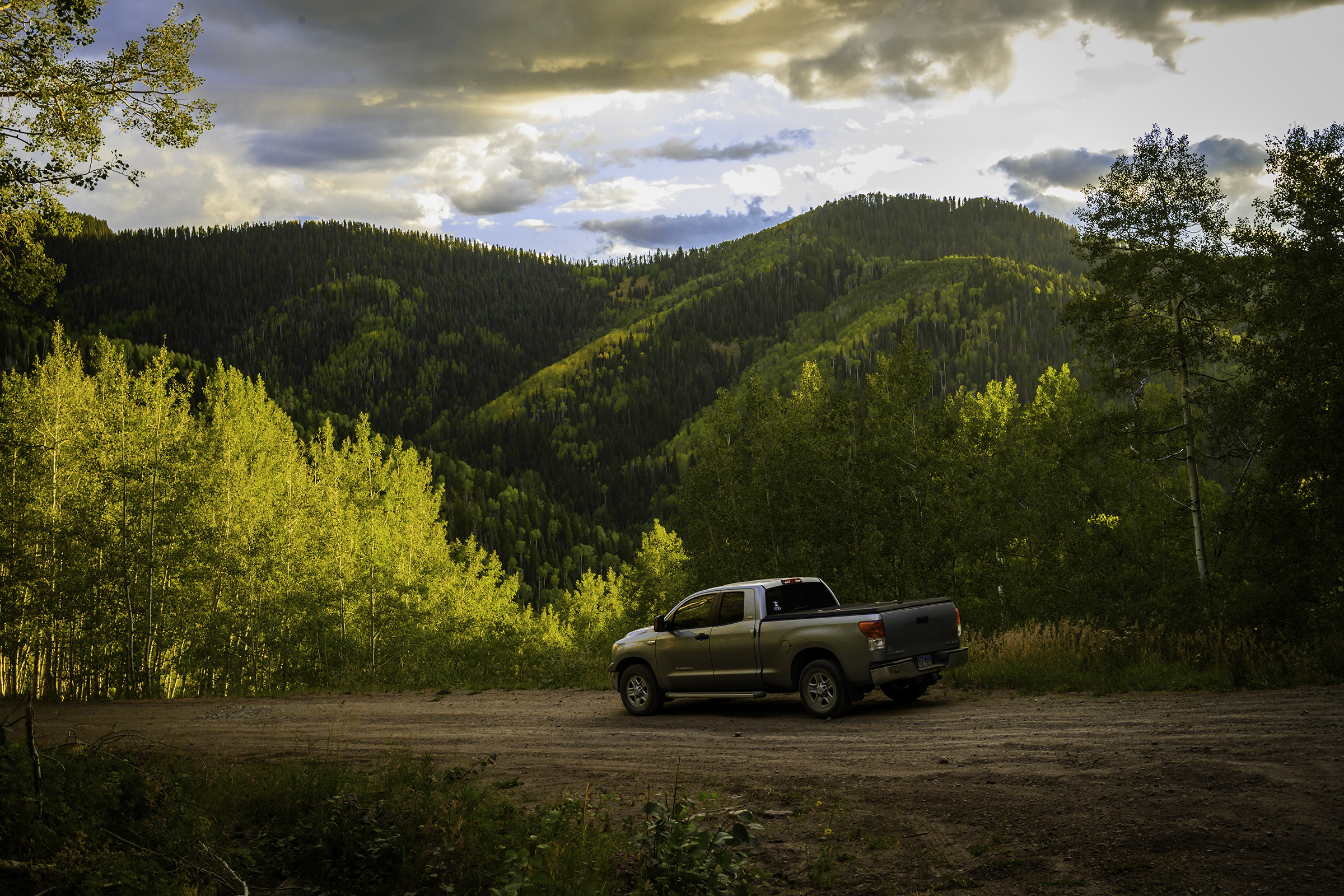
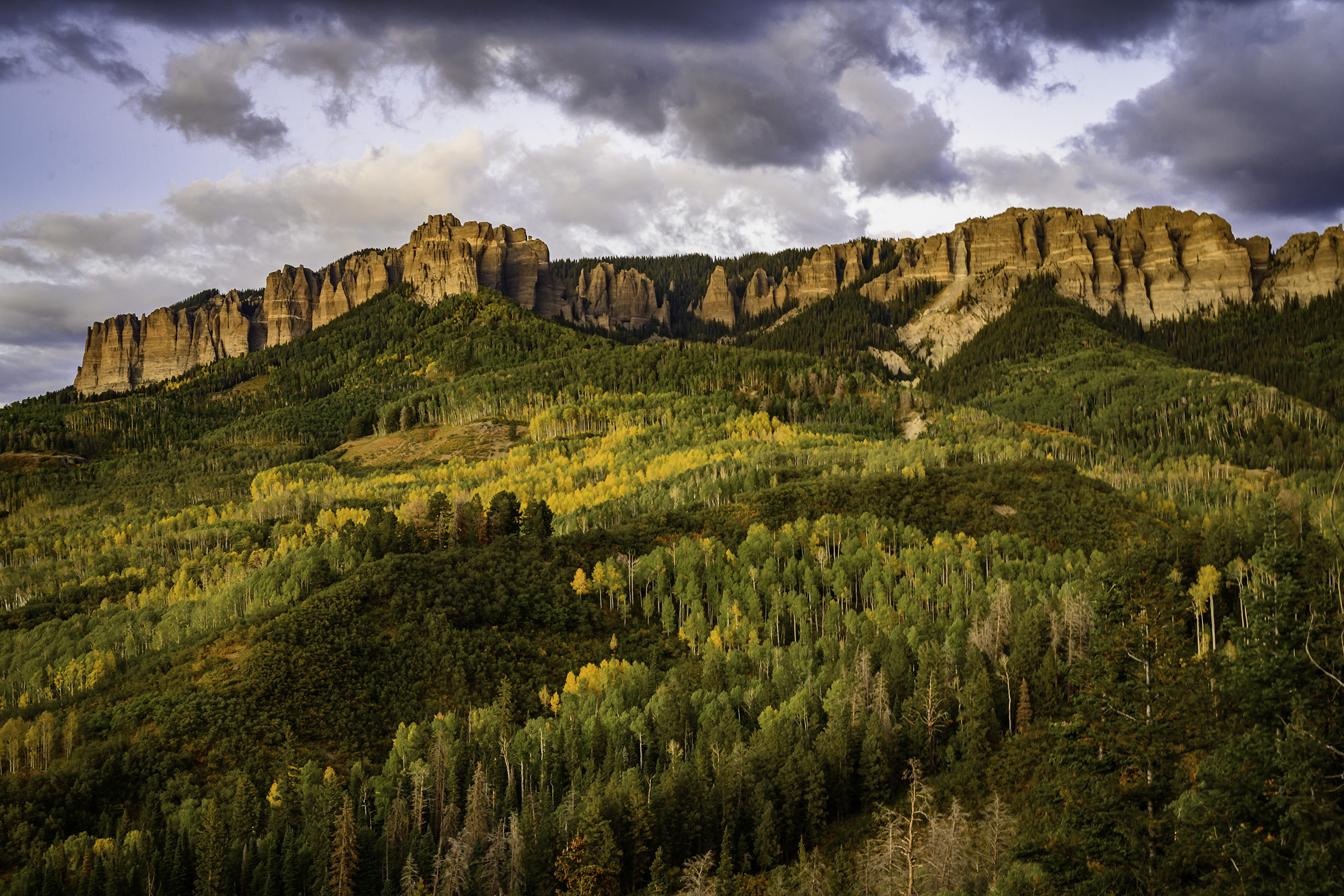
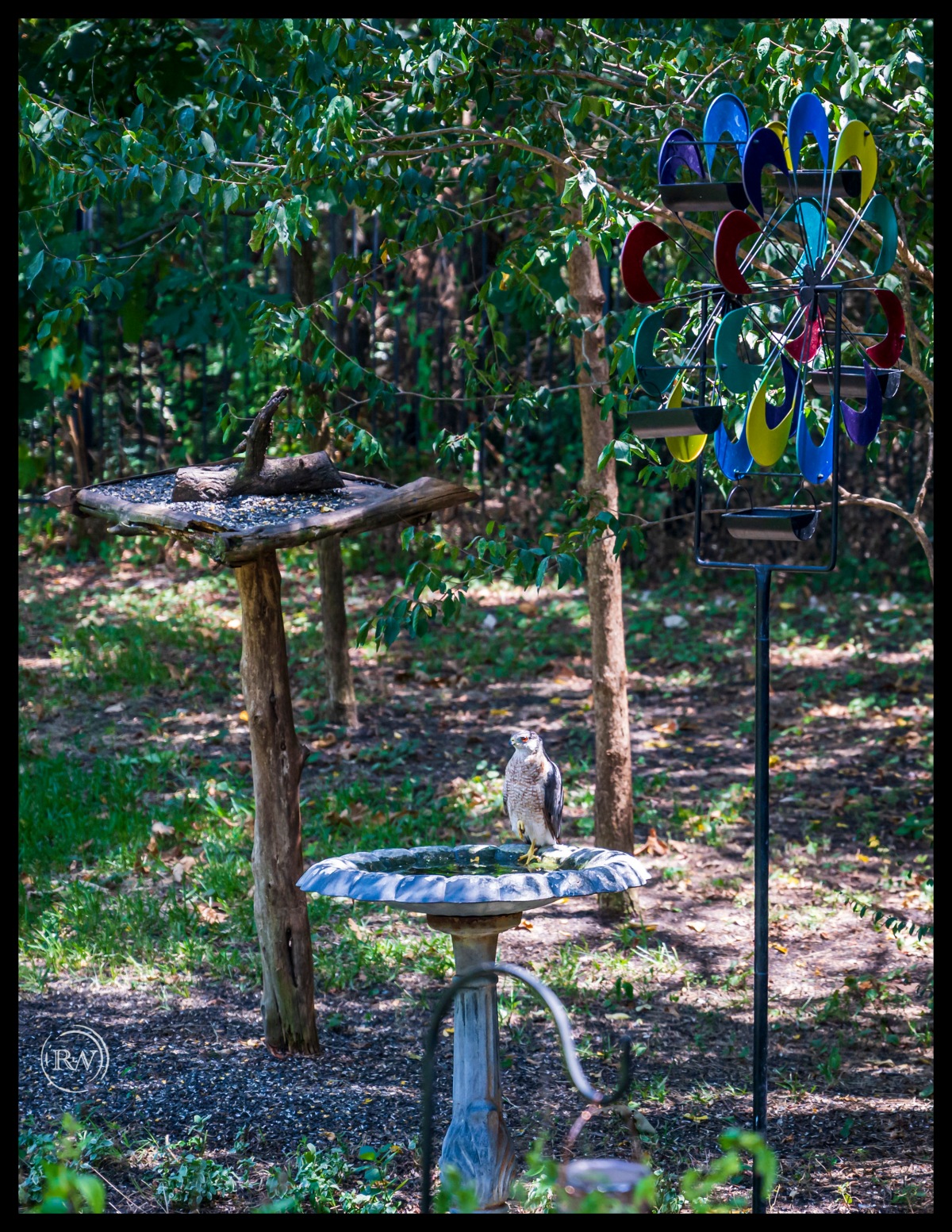
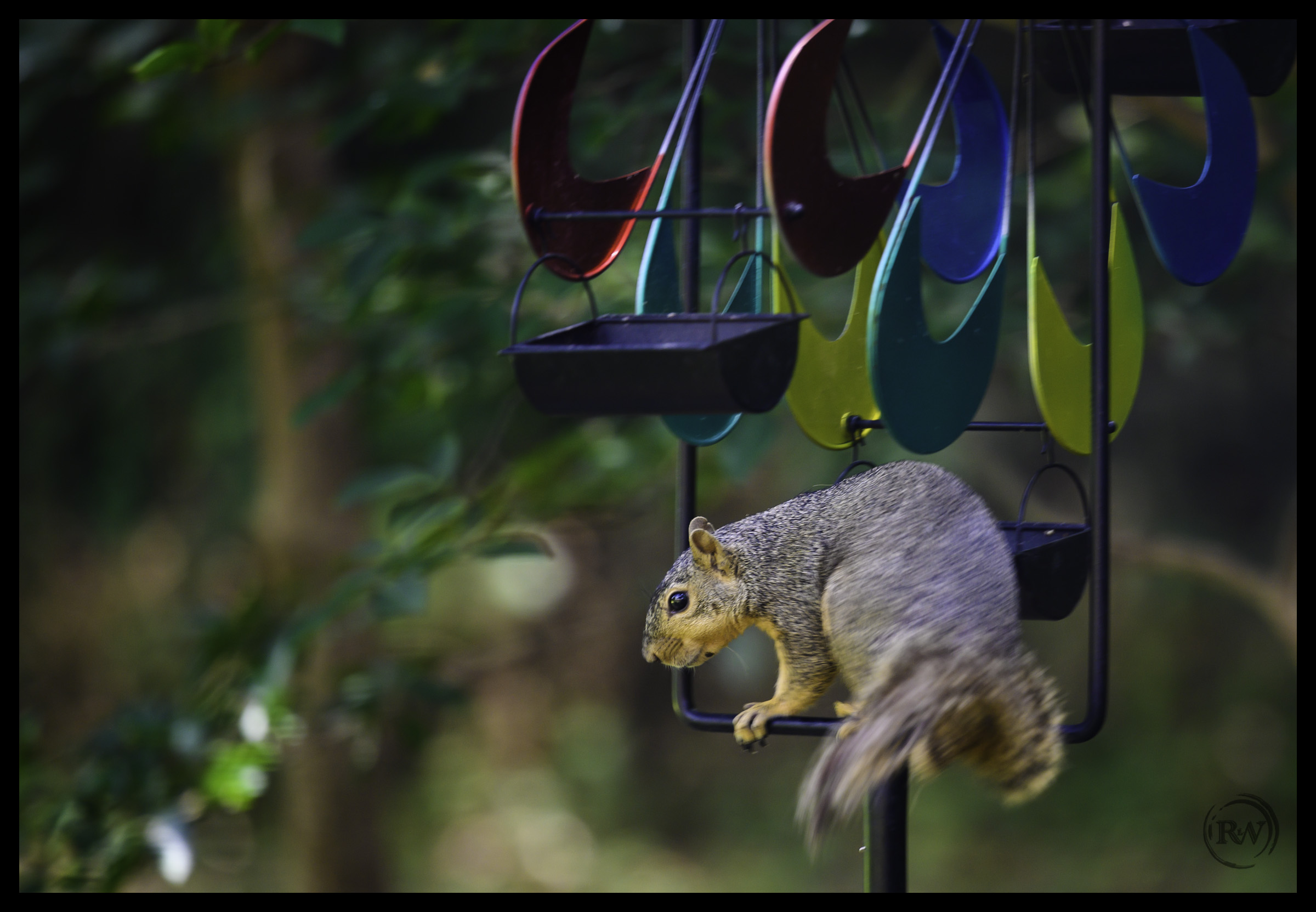
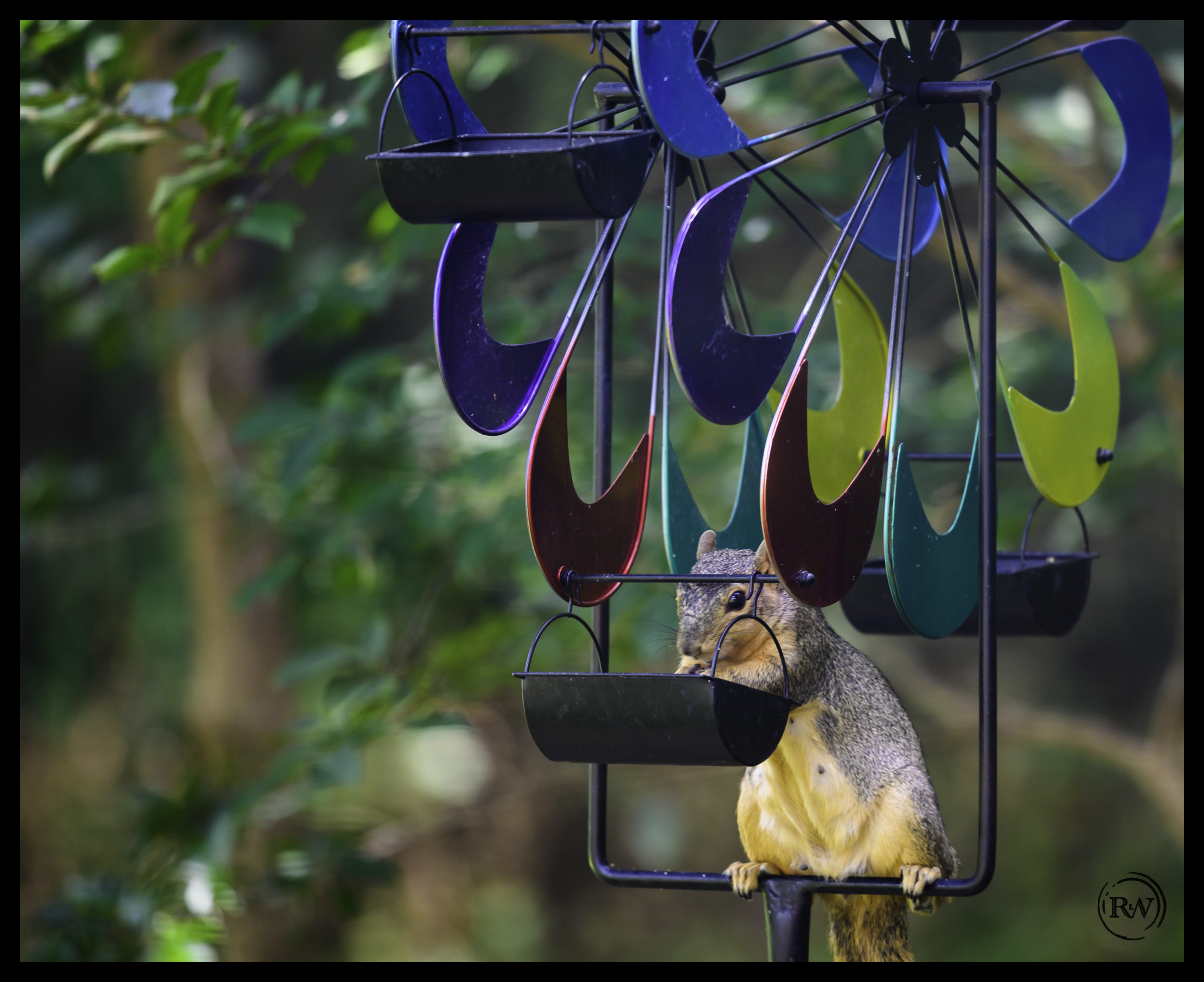
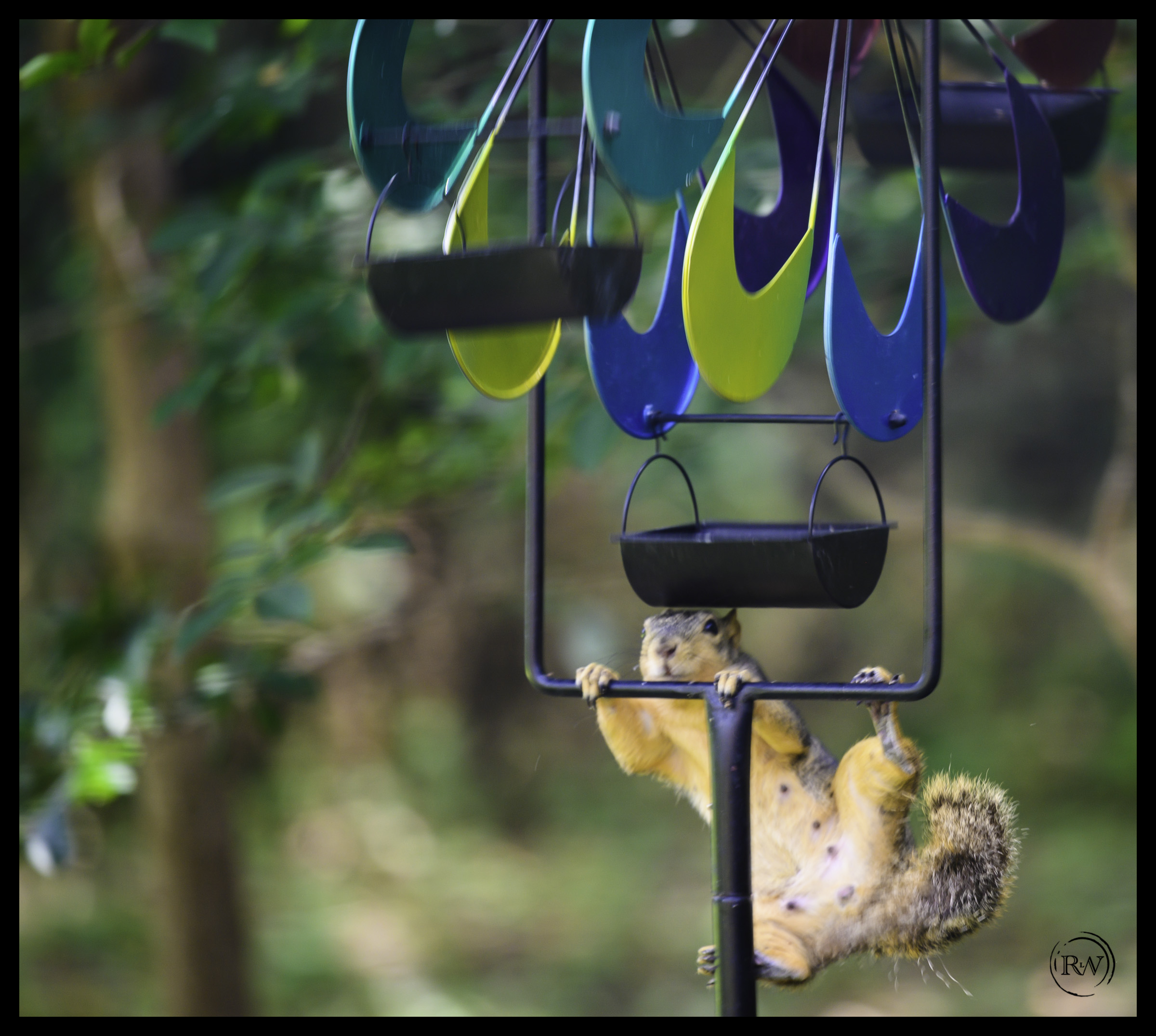
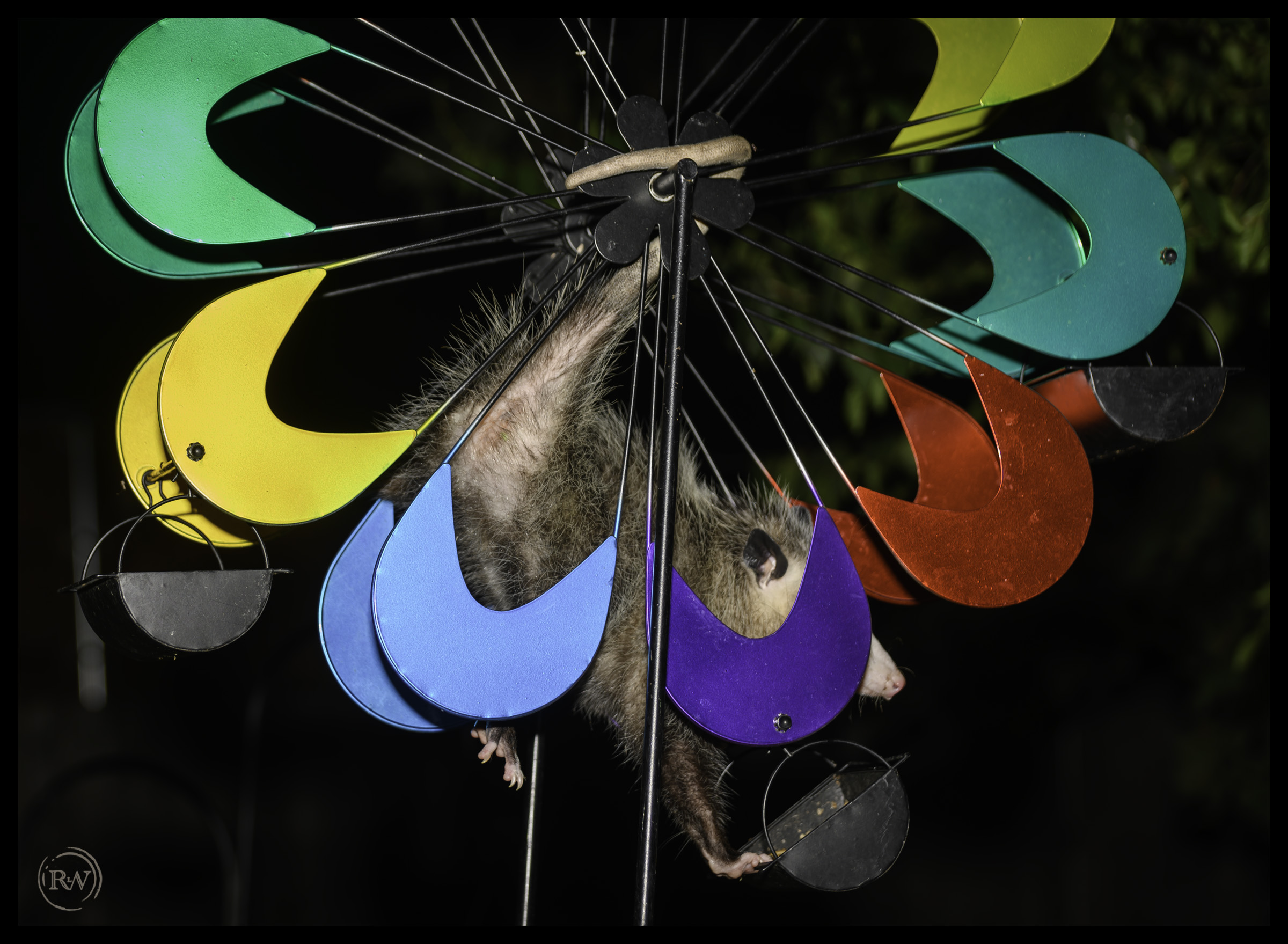
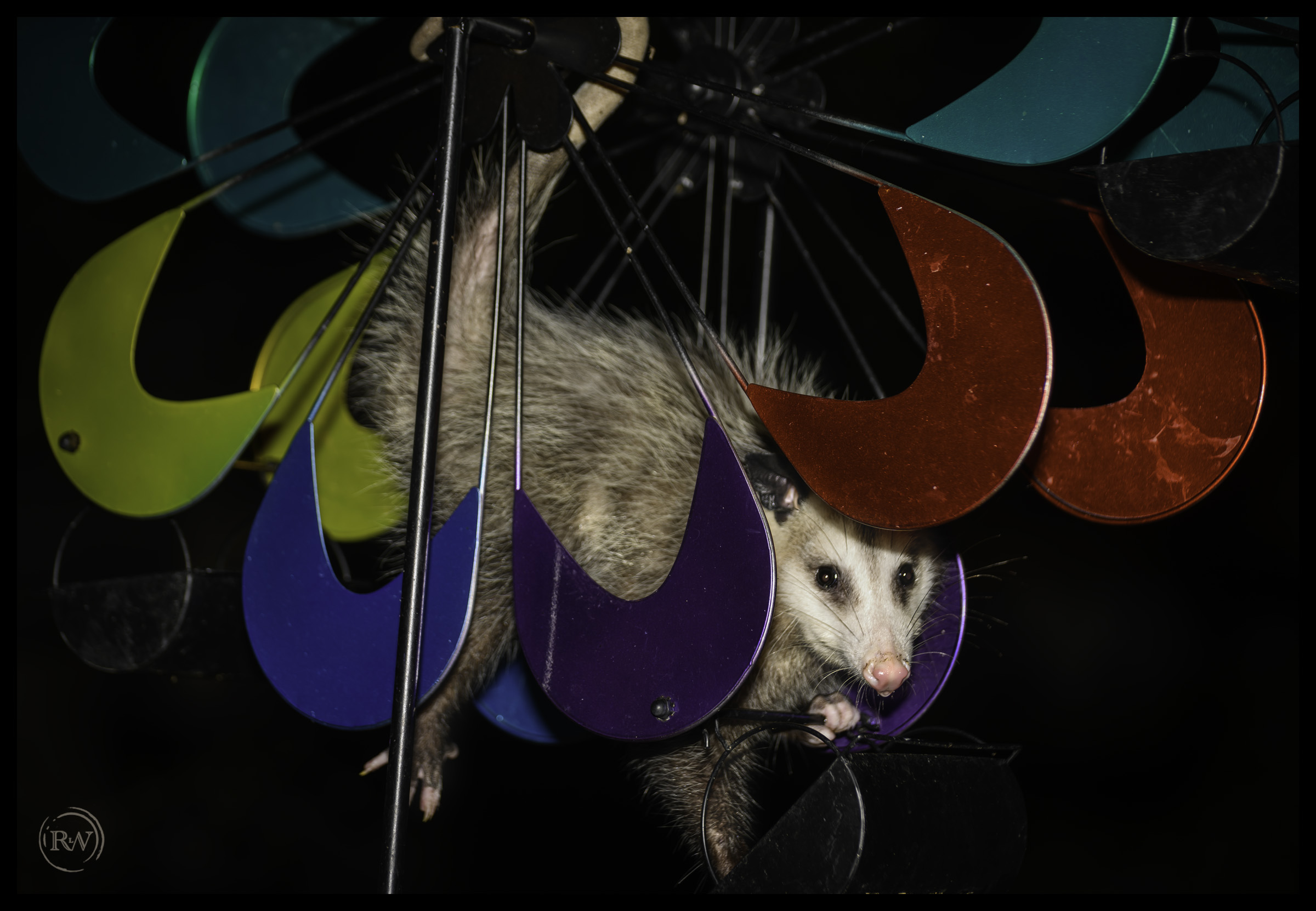
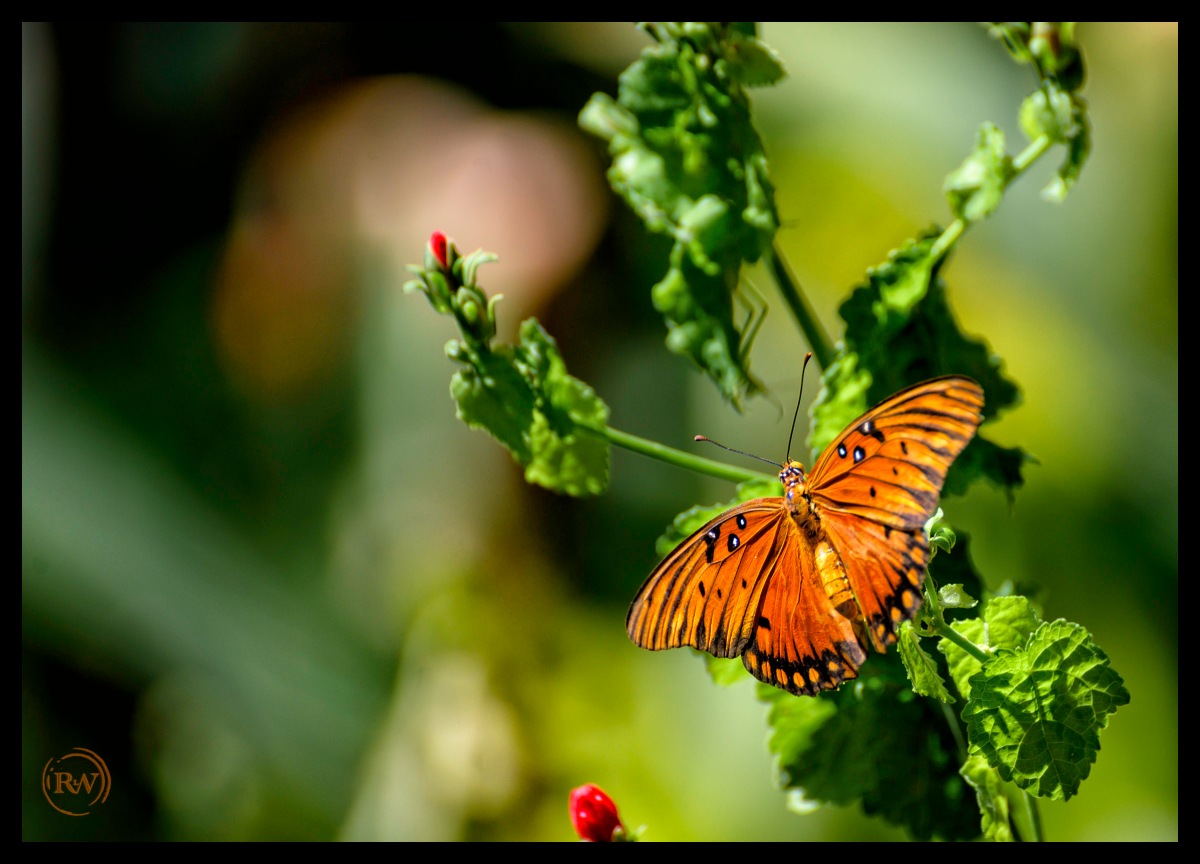
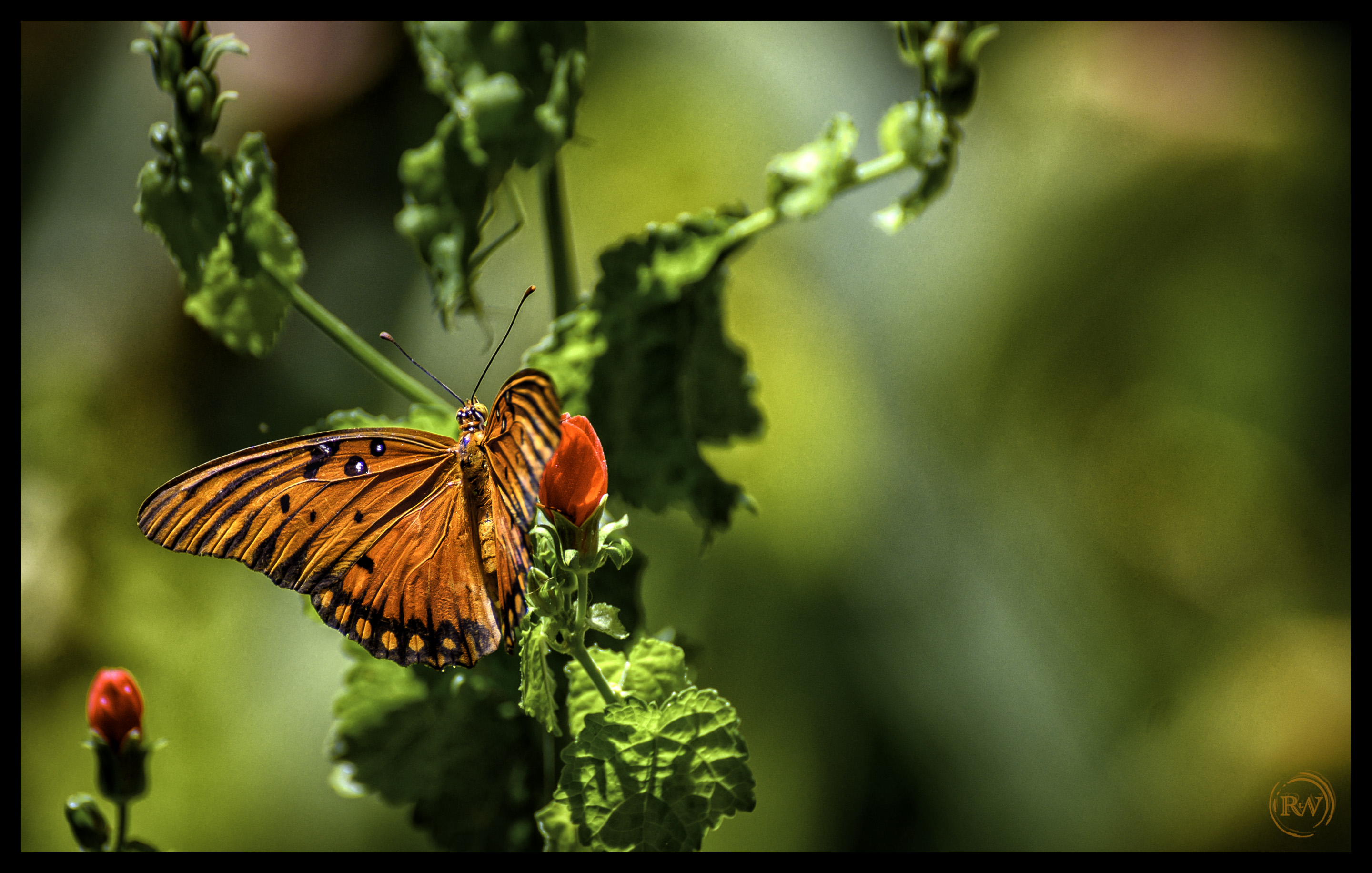
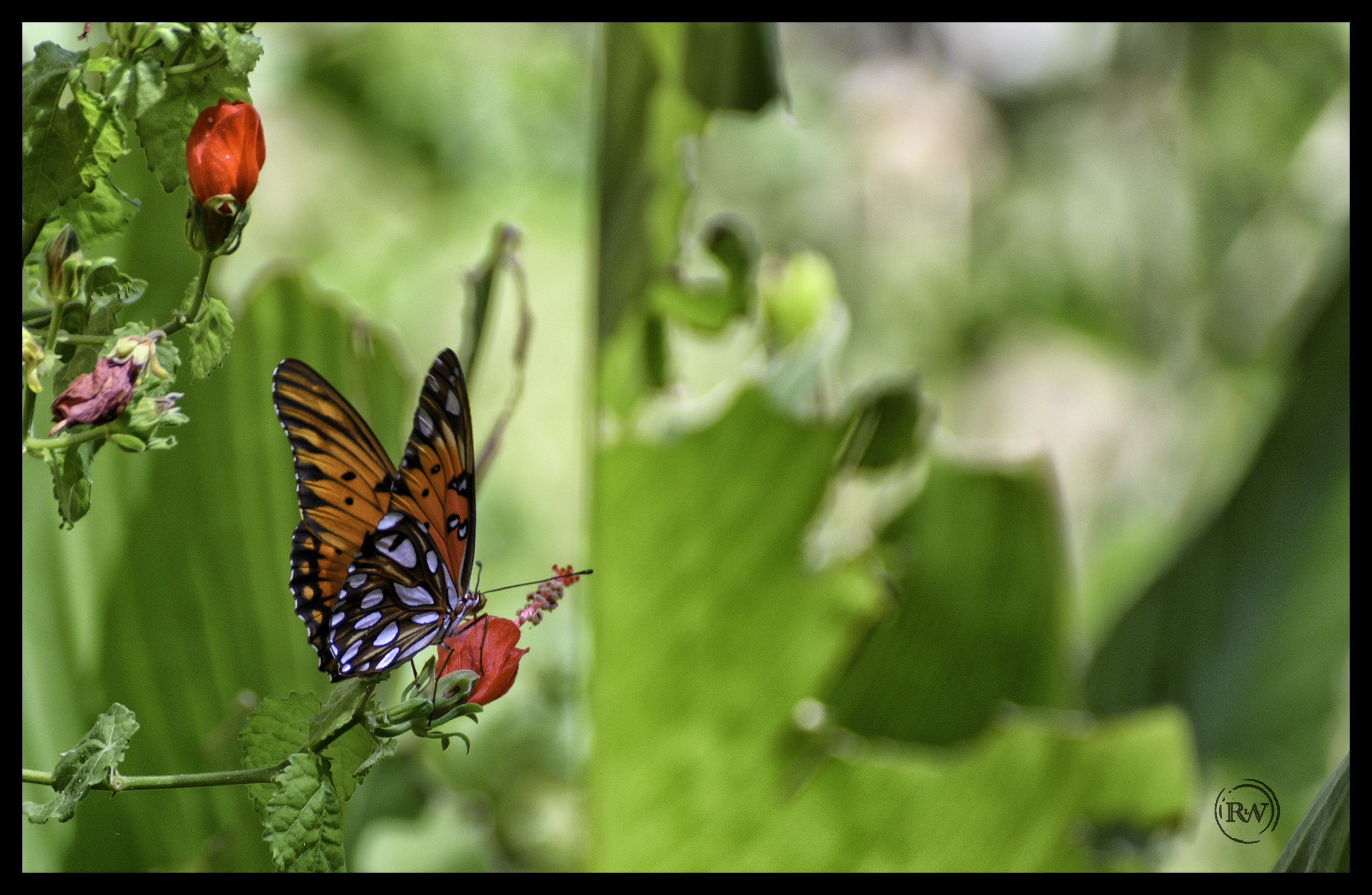
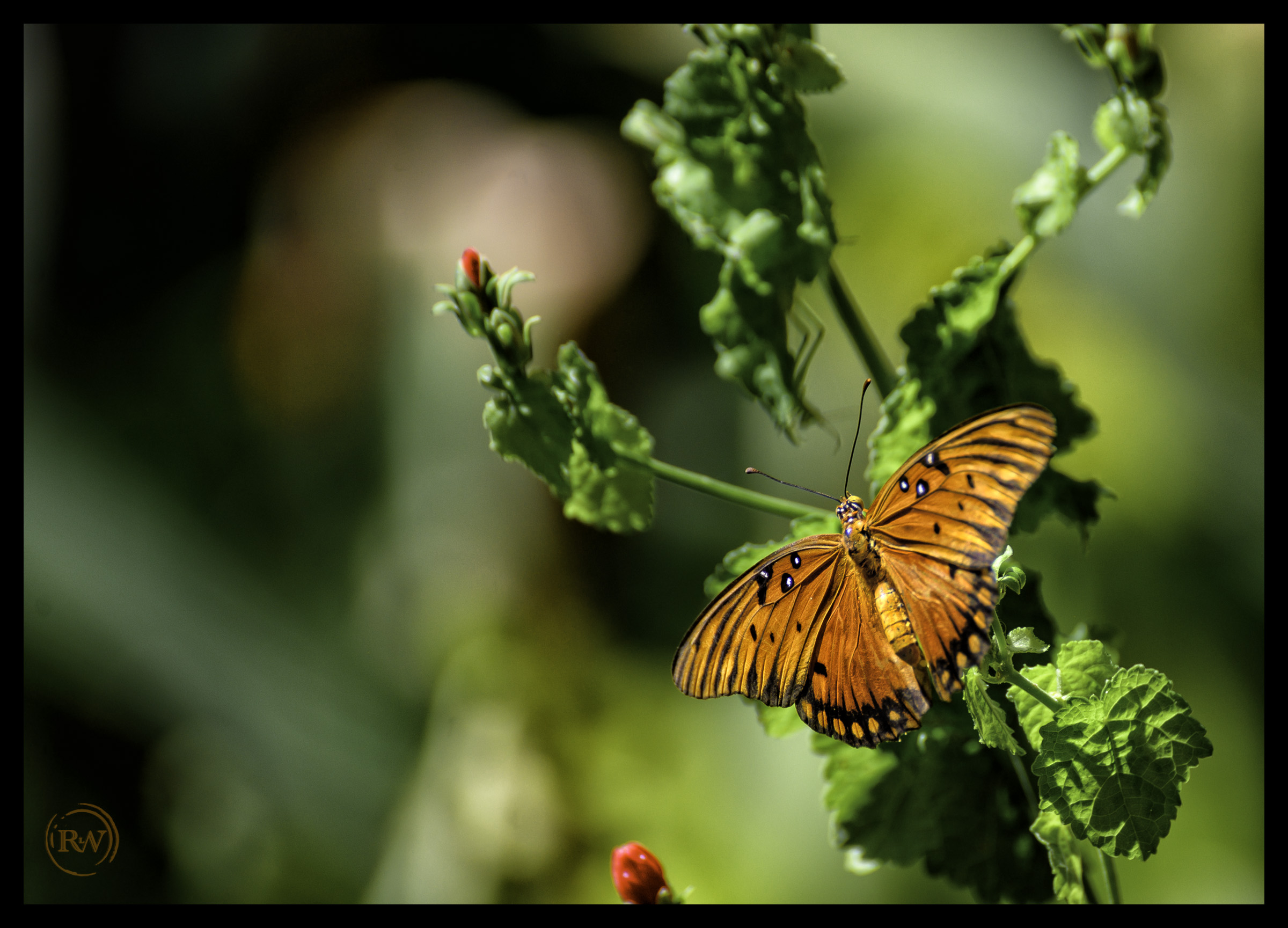
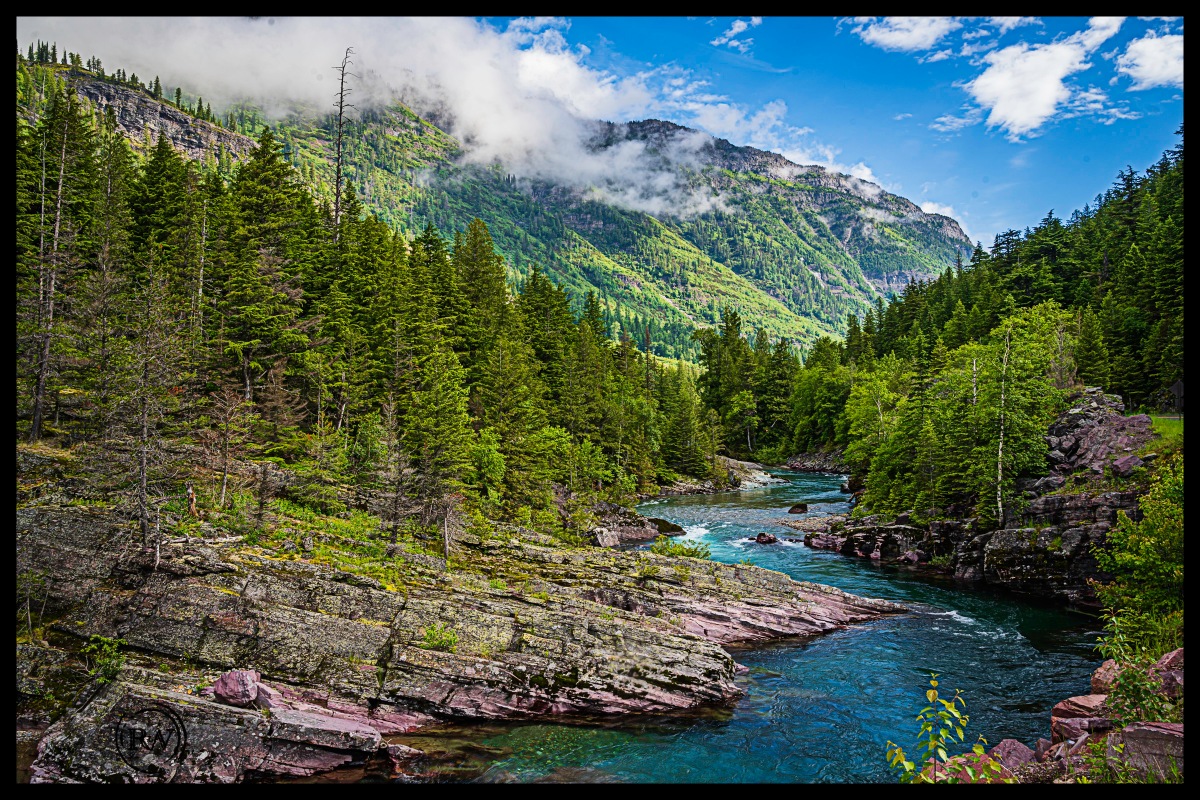
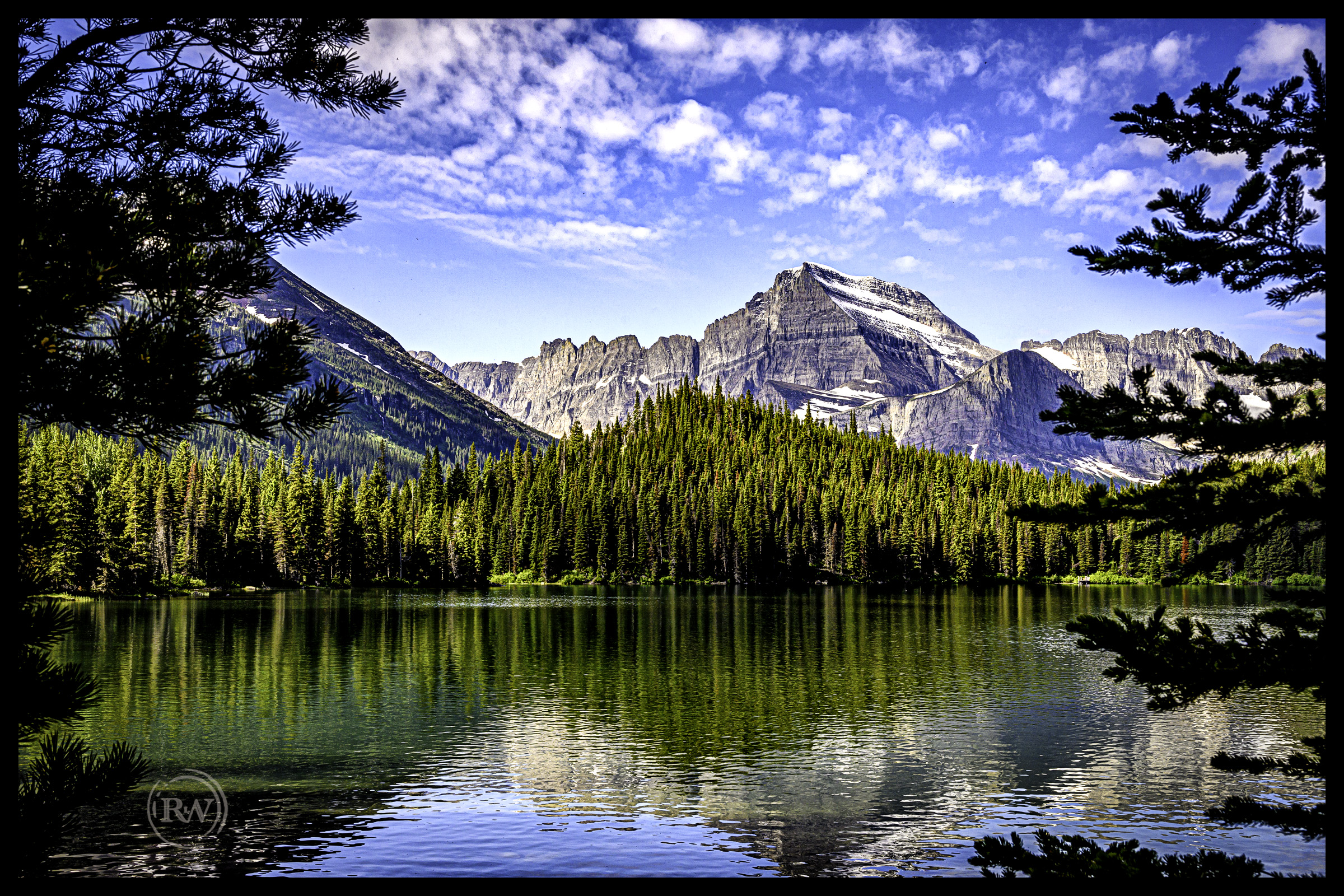 Angel Wing, seen from across Swiftcurrent Lake
Angel Wing, seen from across Swiftcurrent Lake